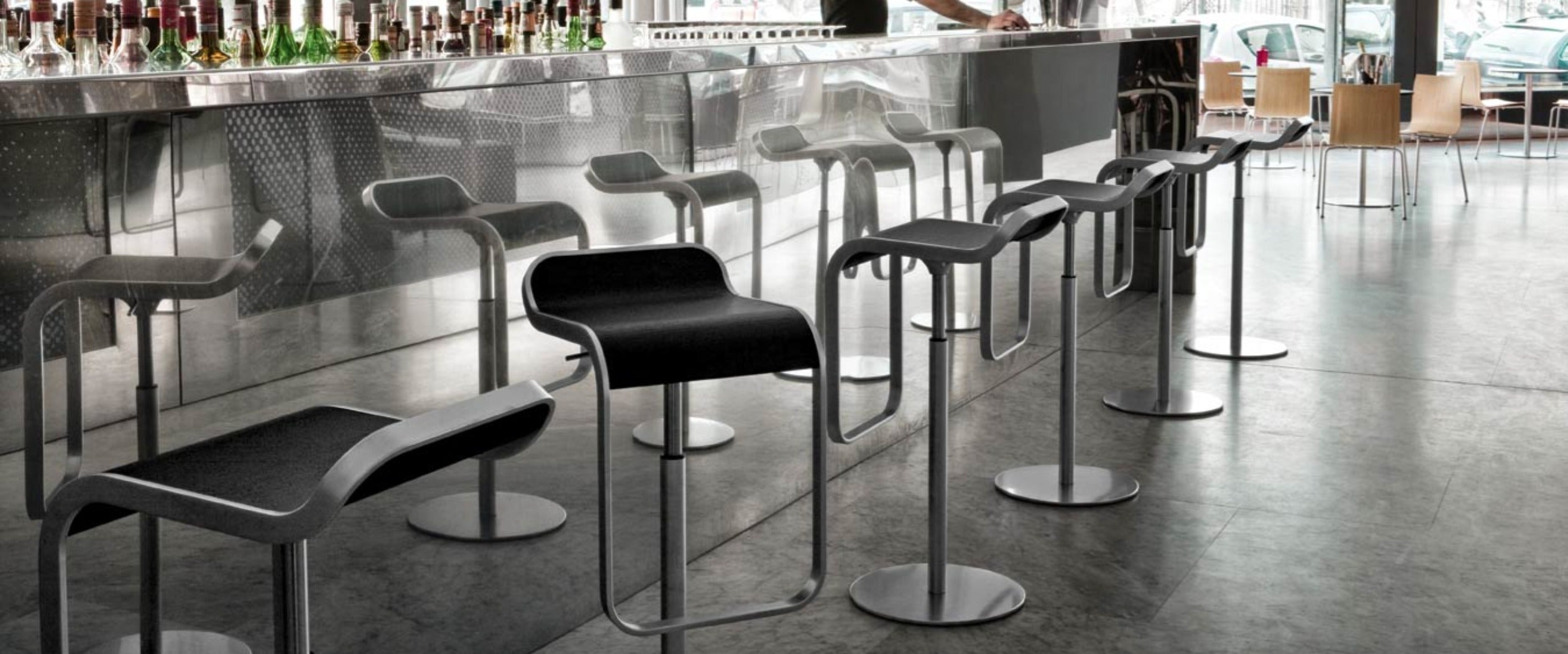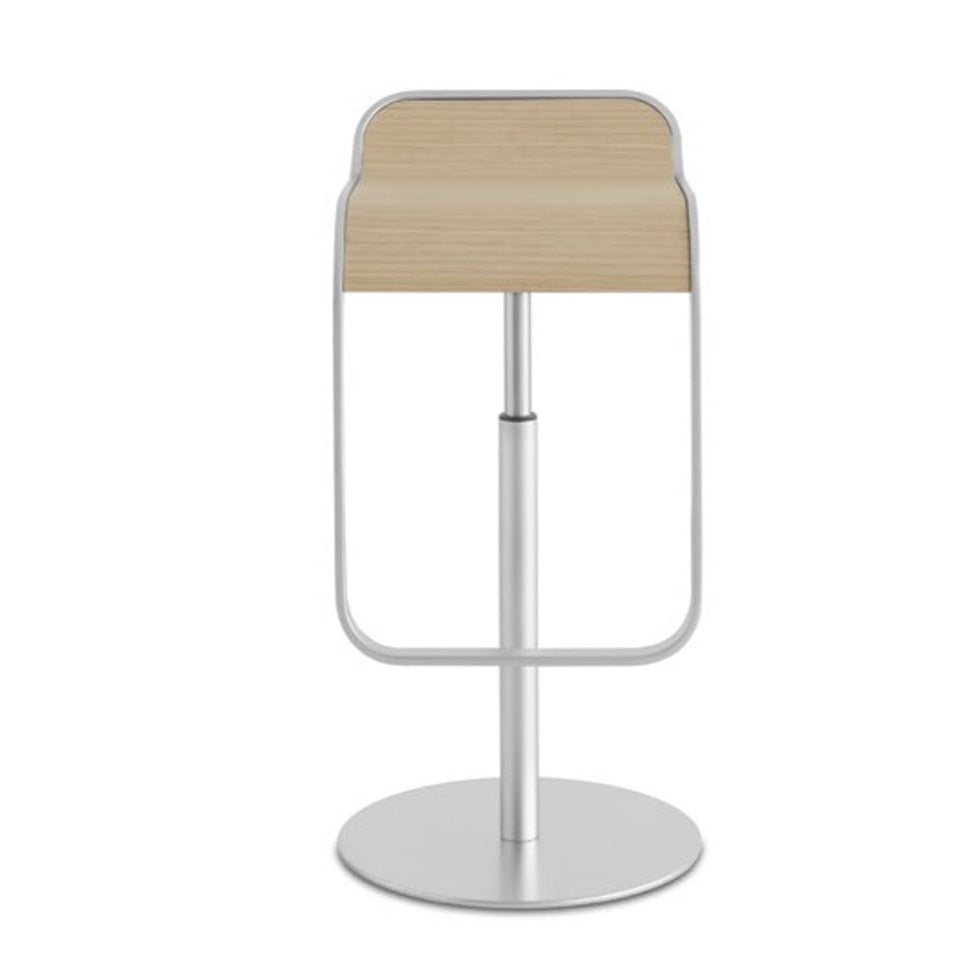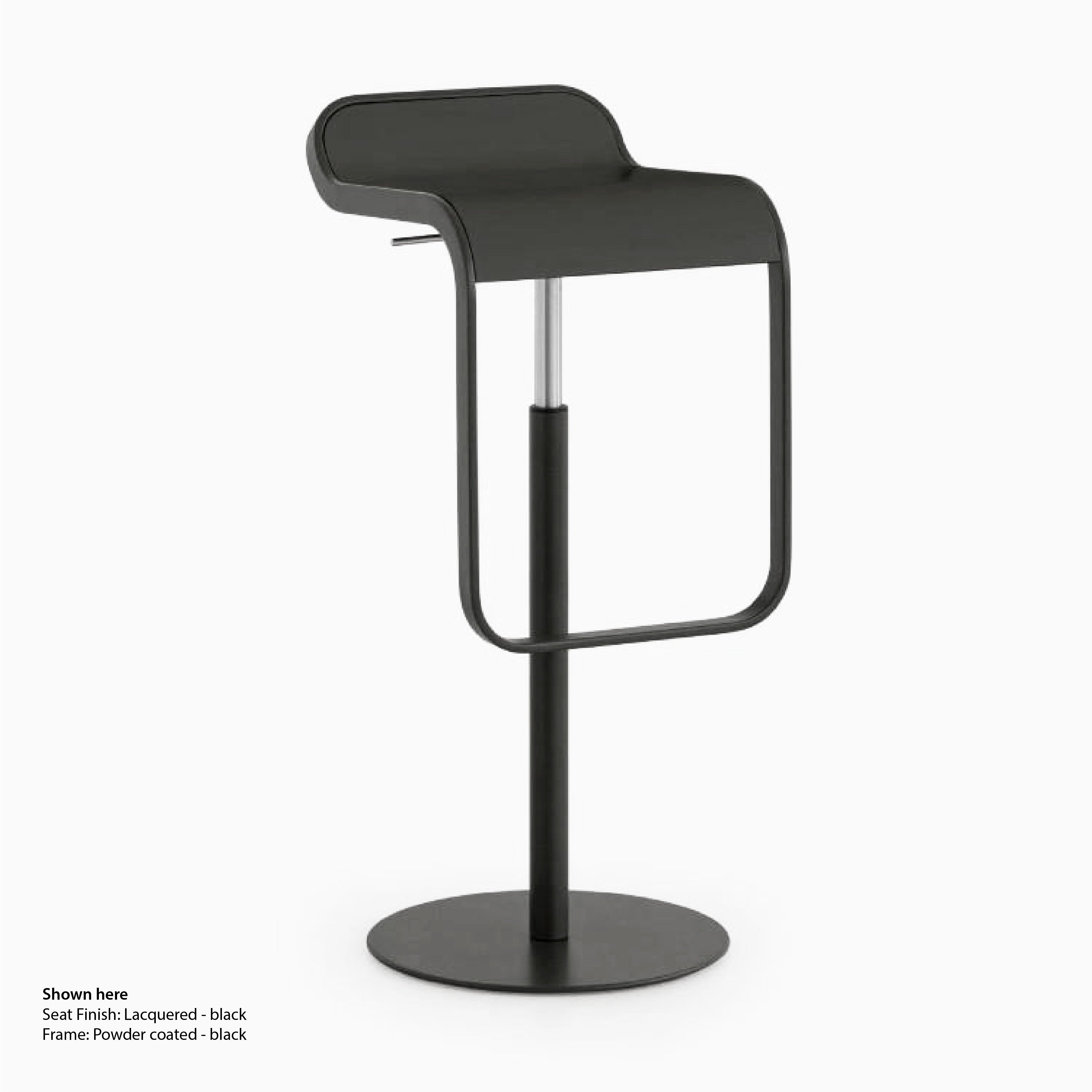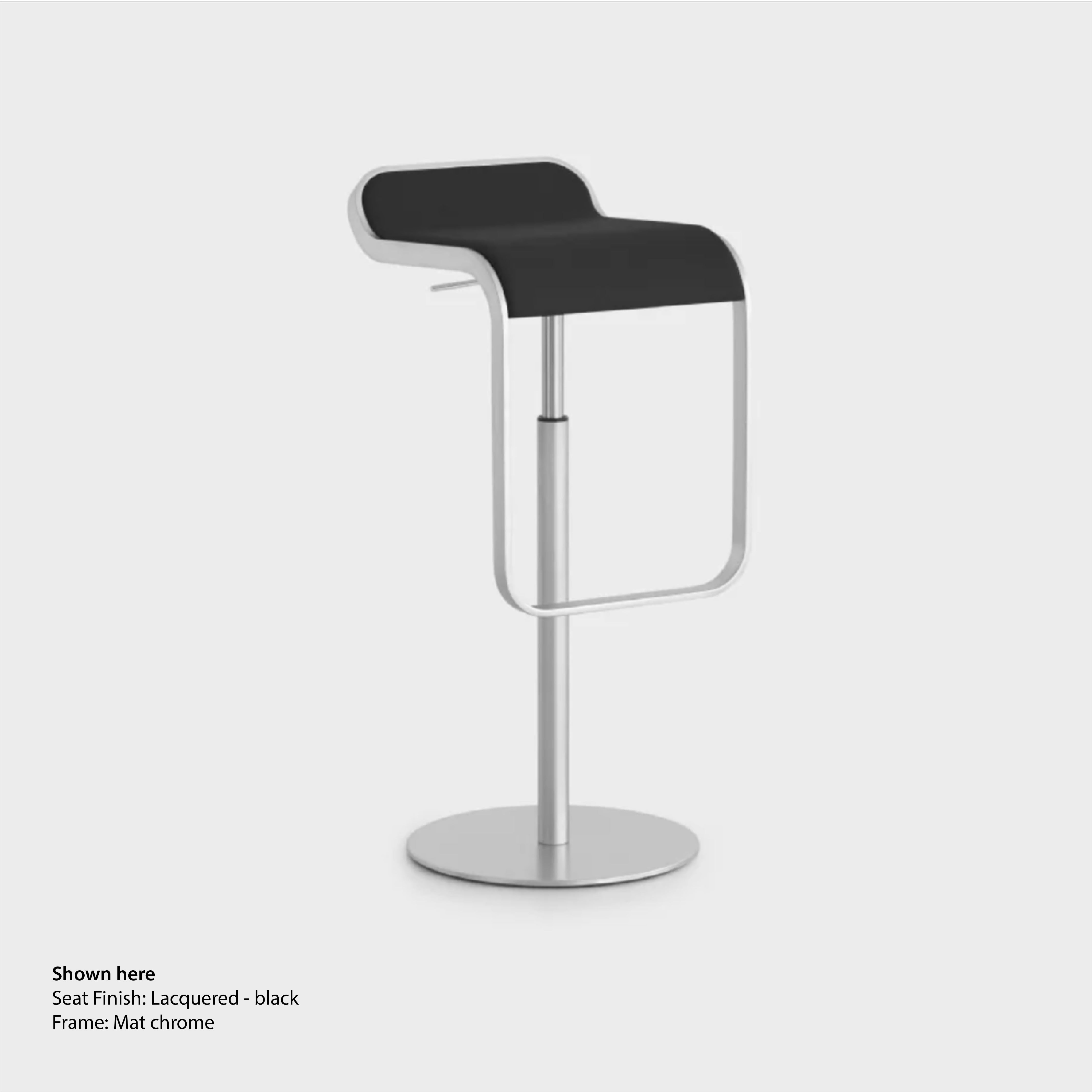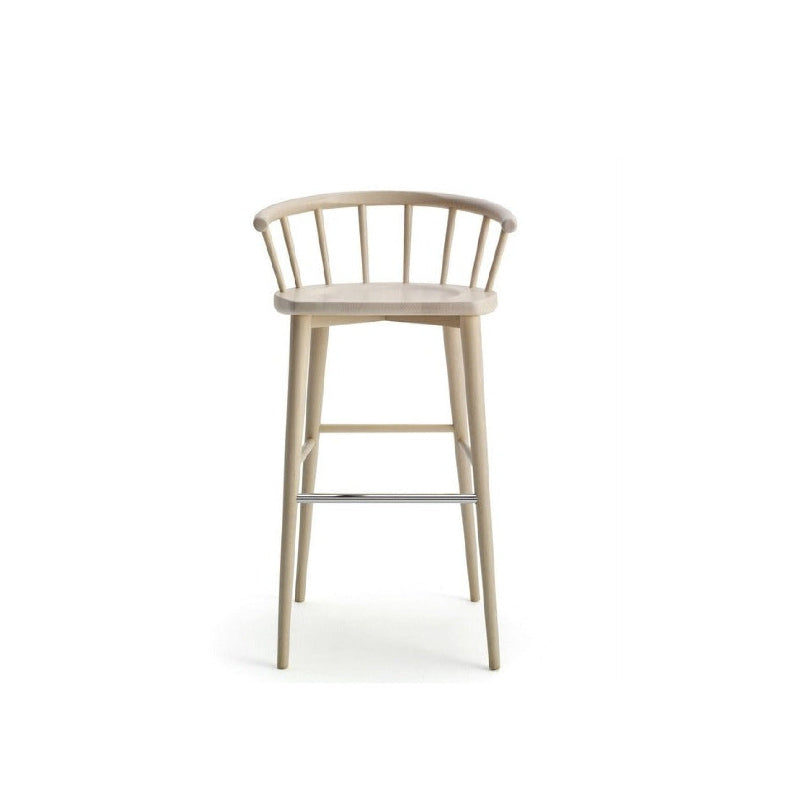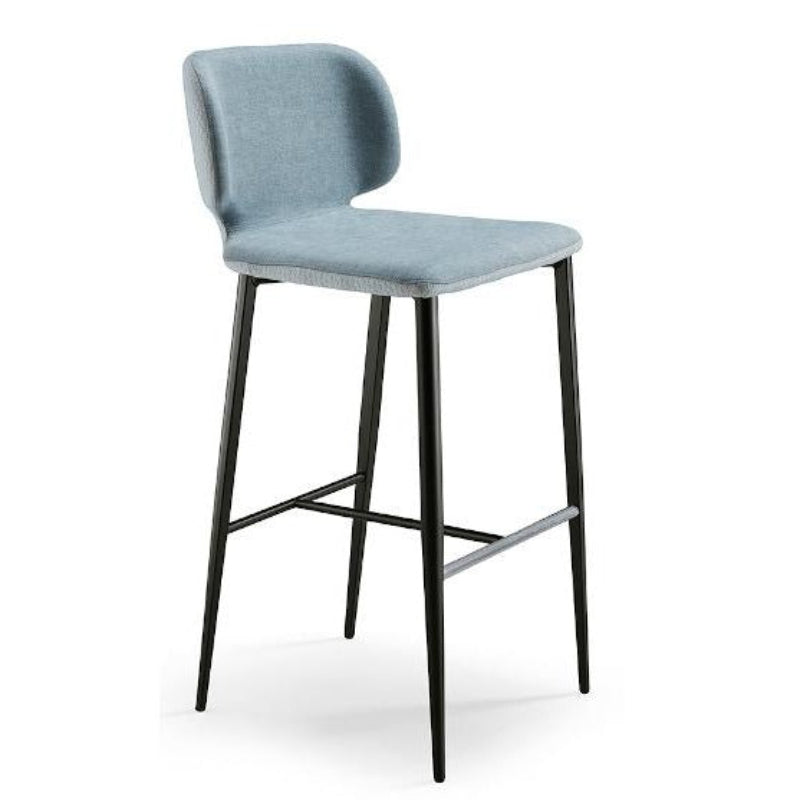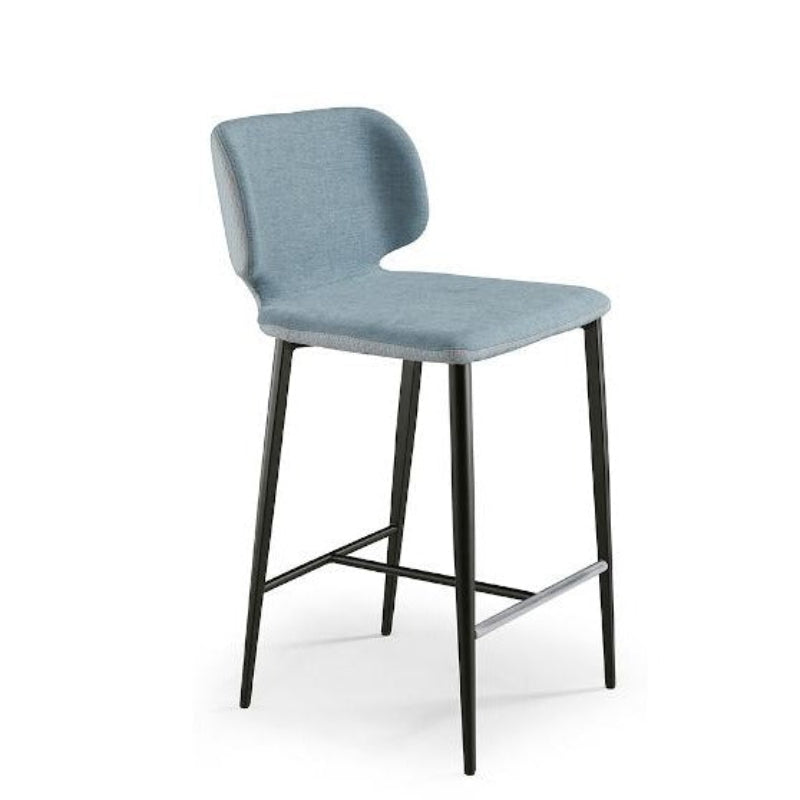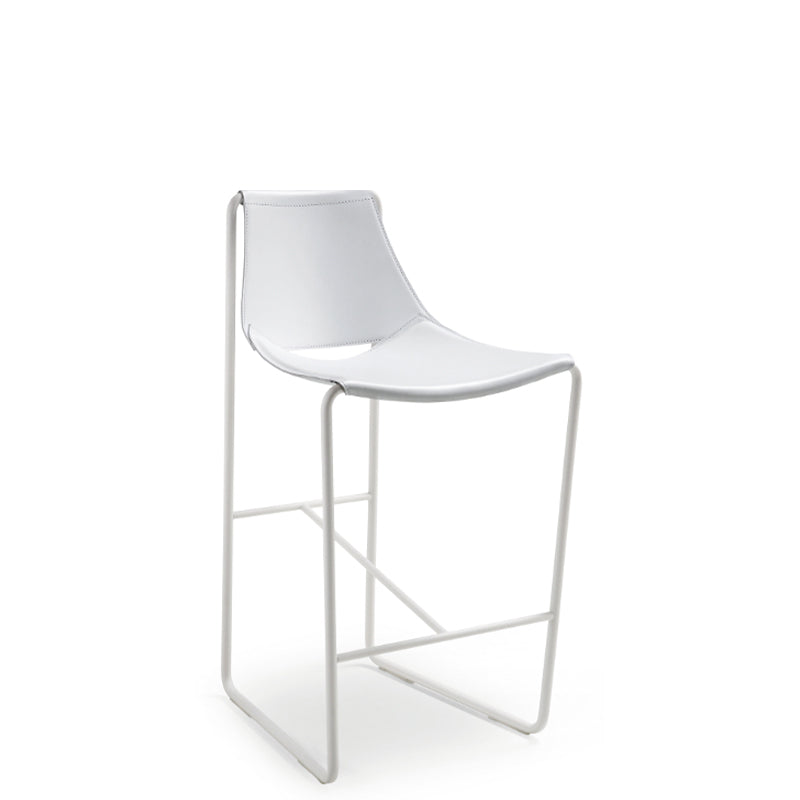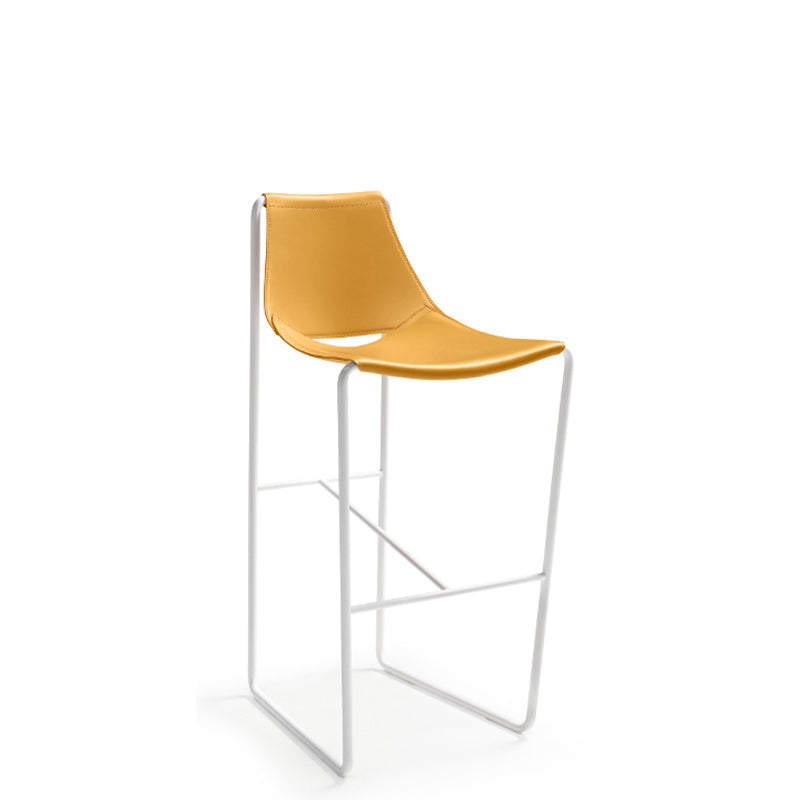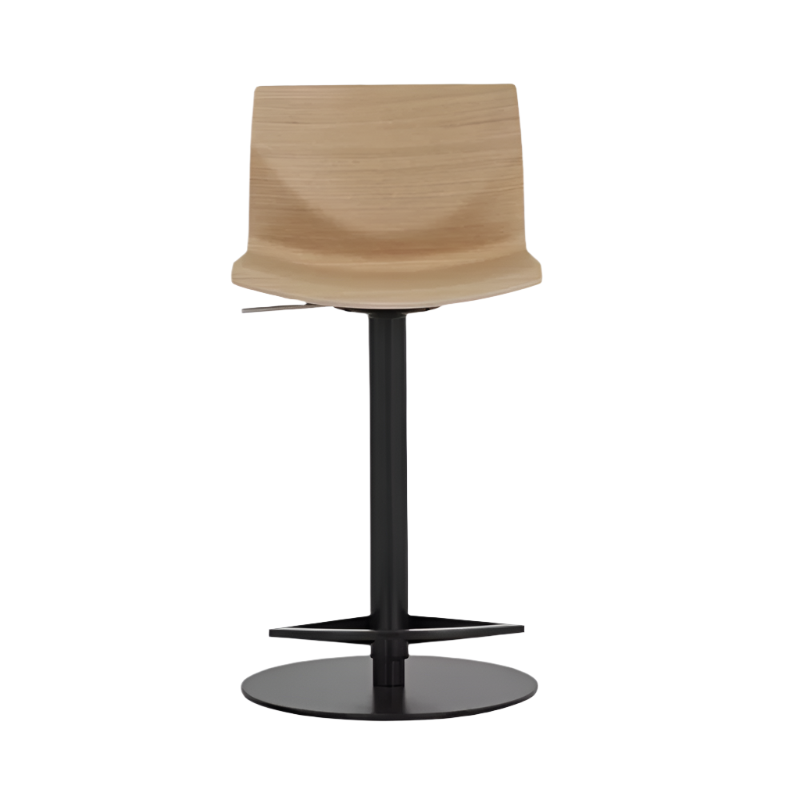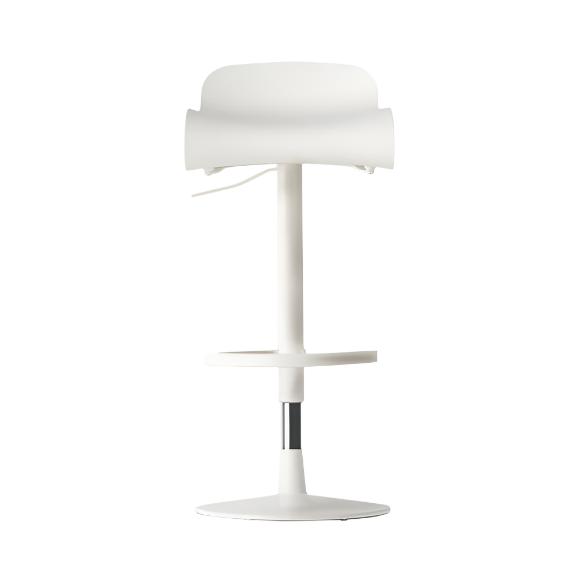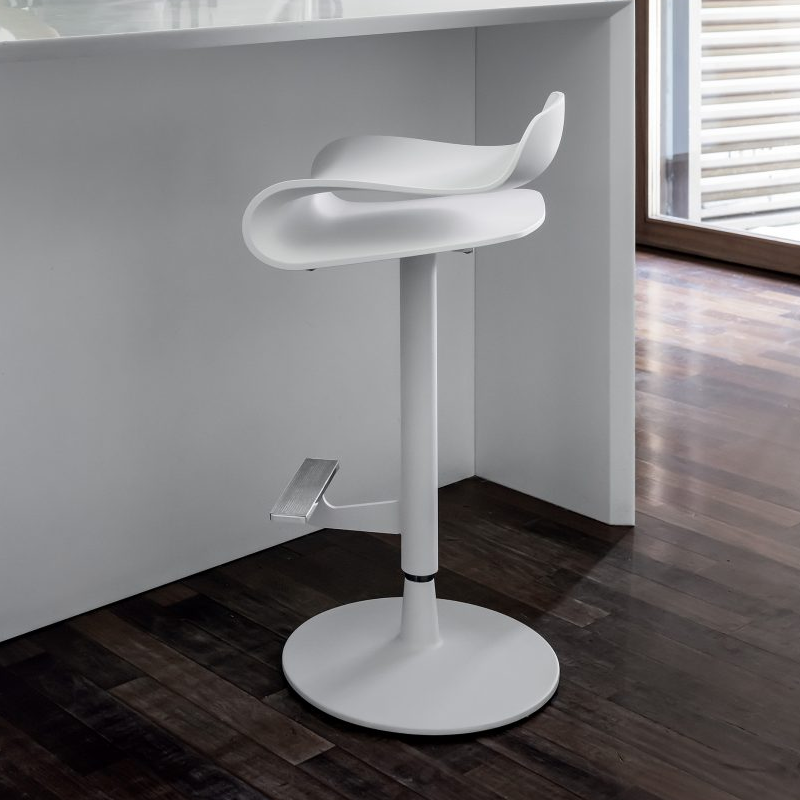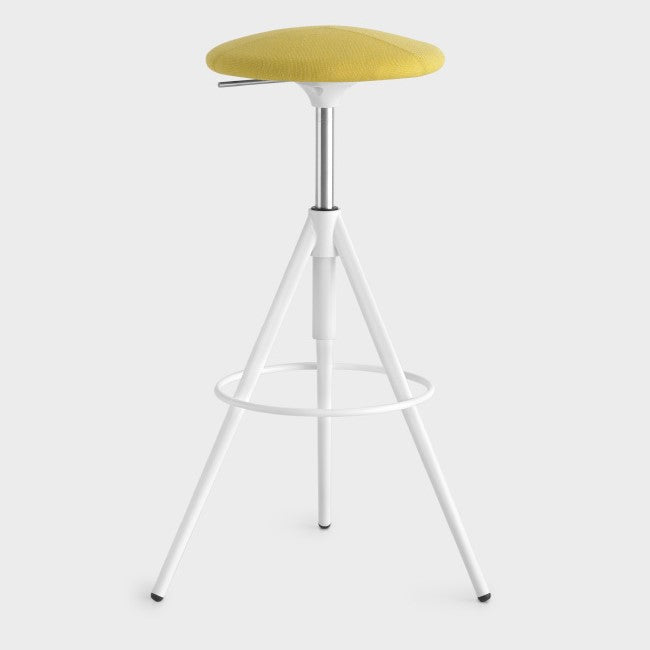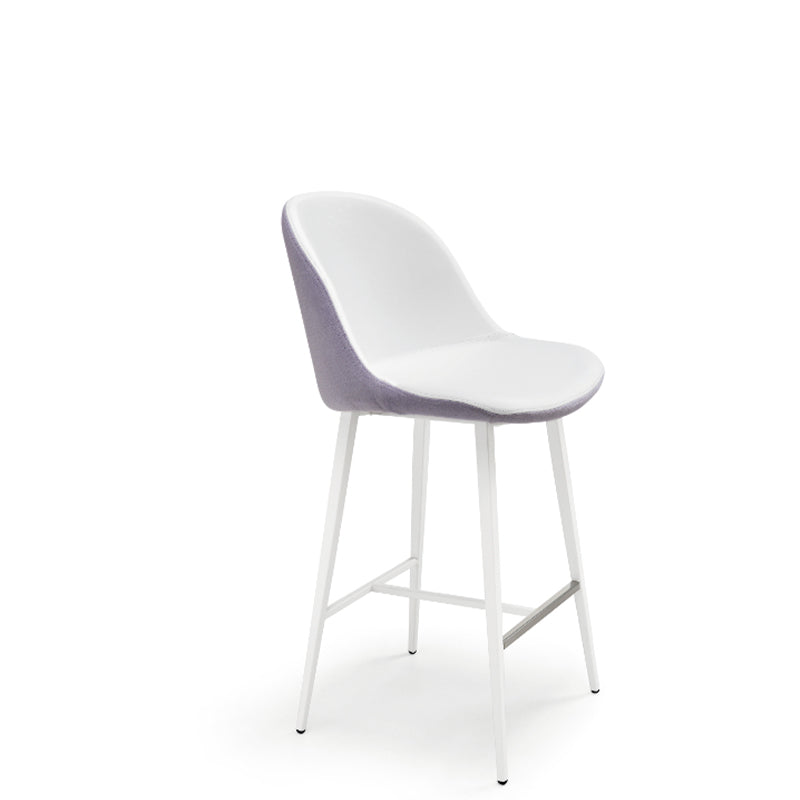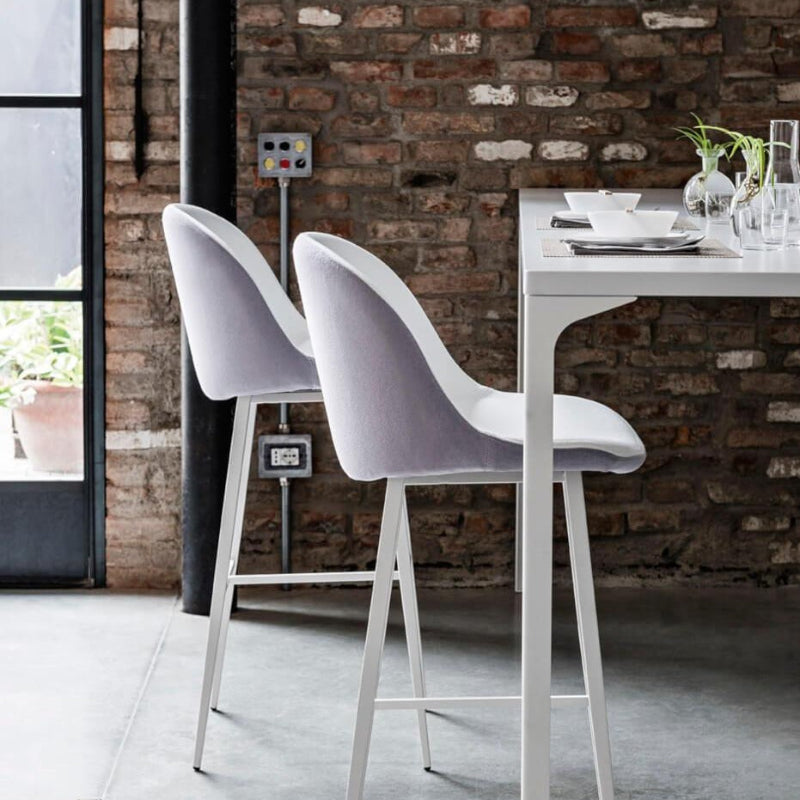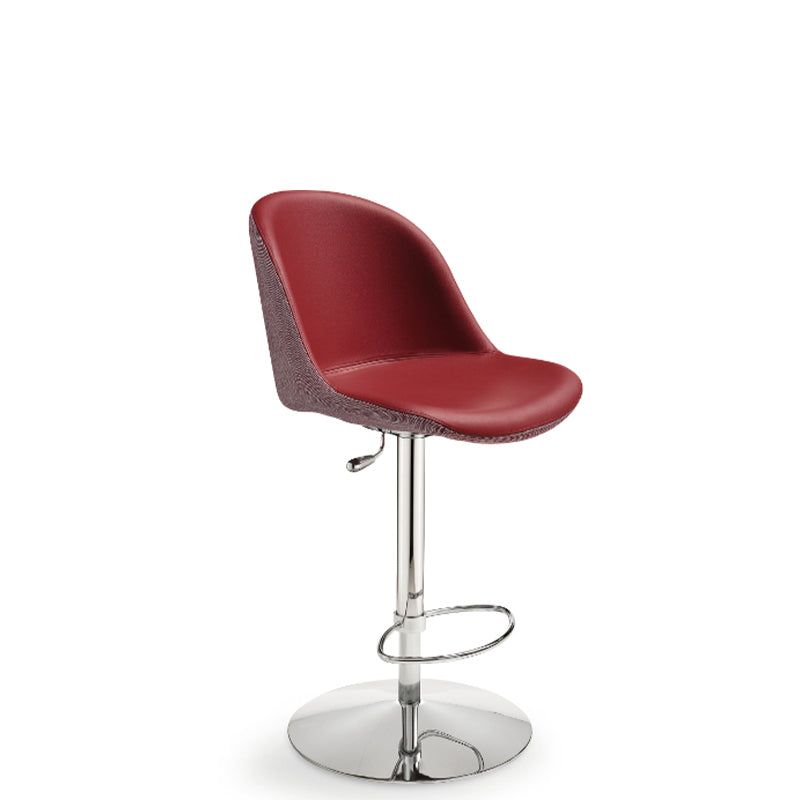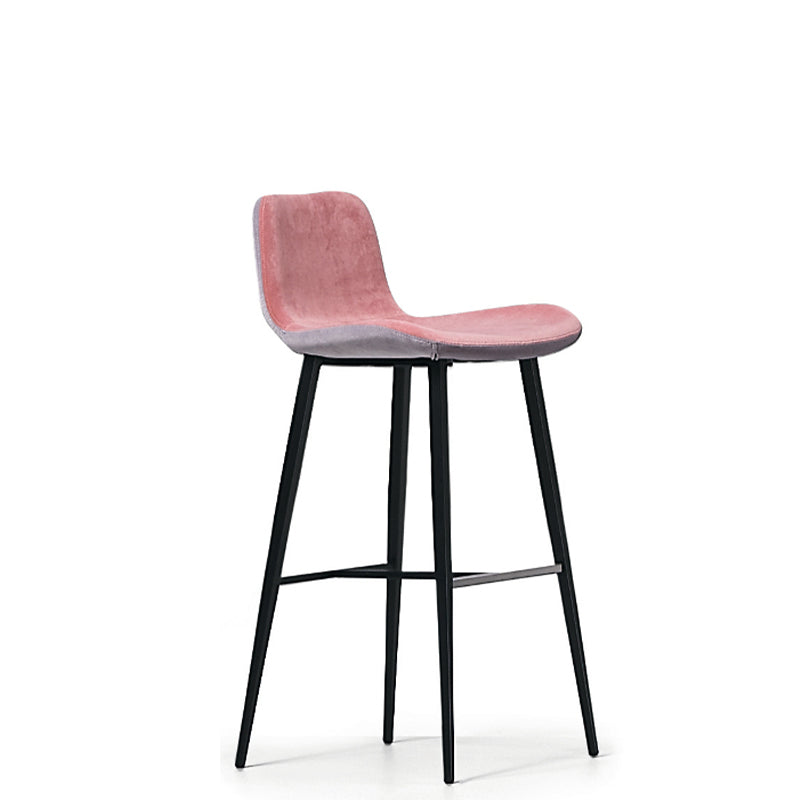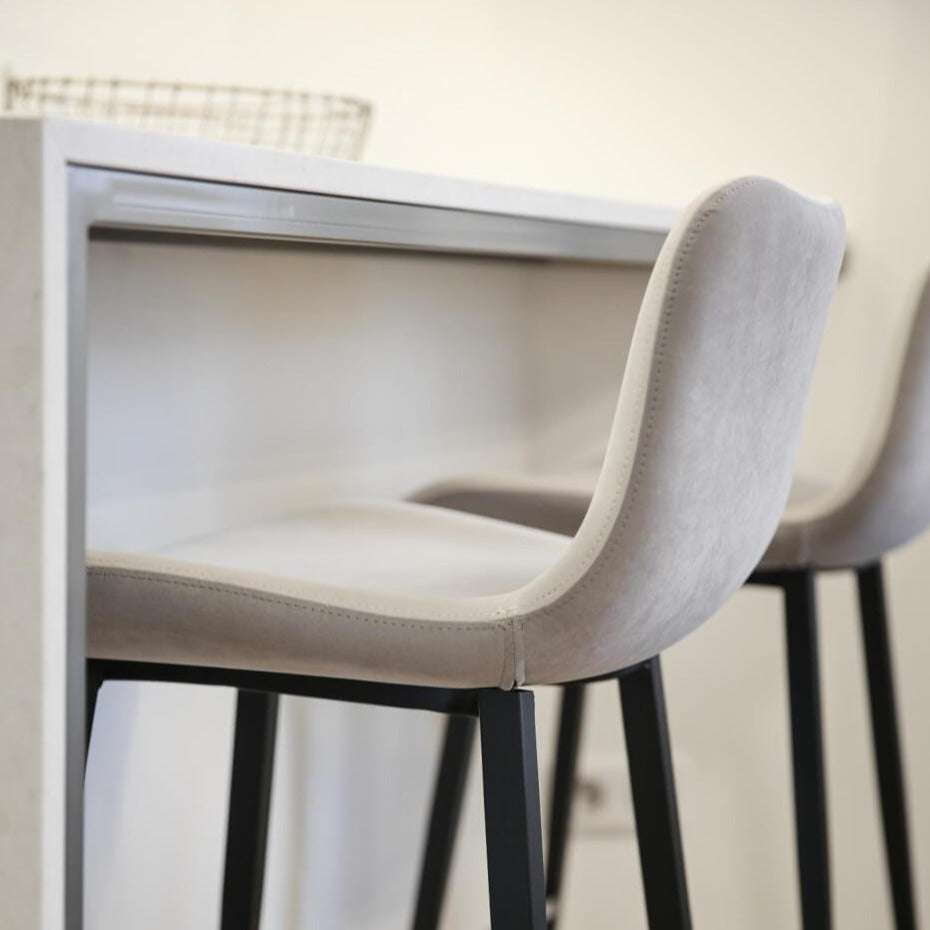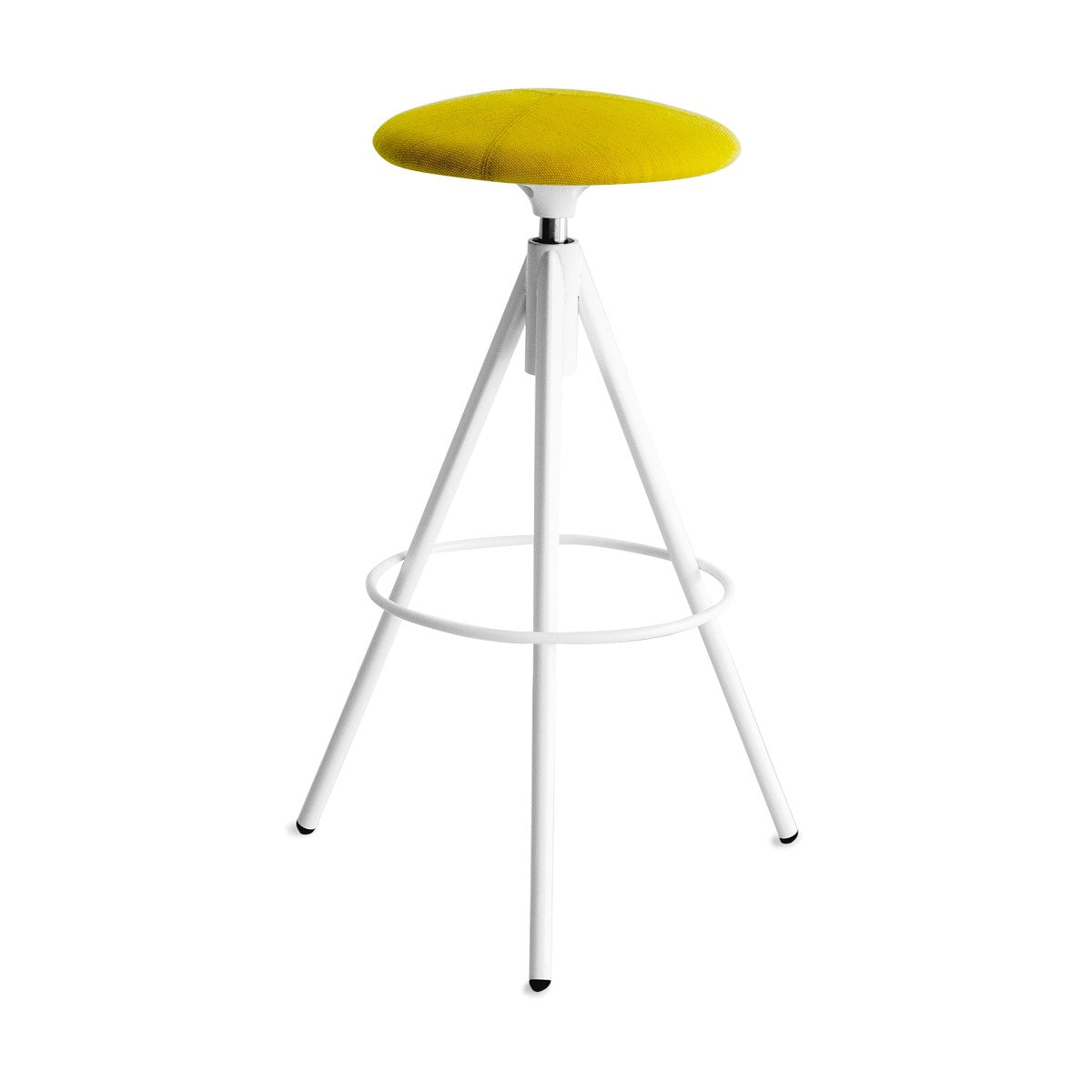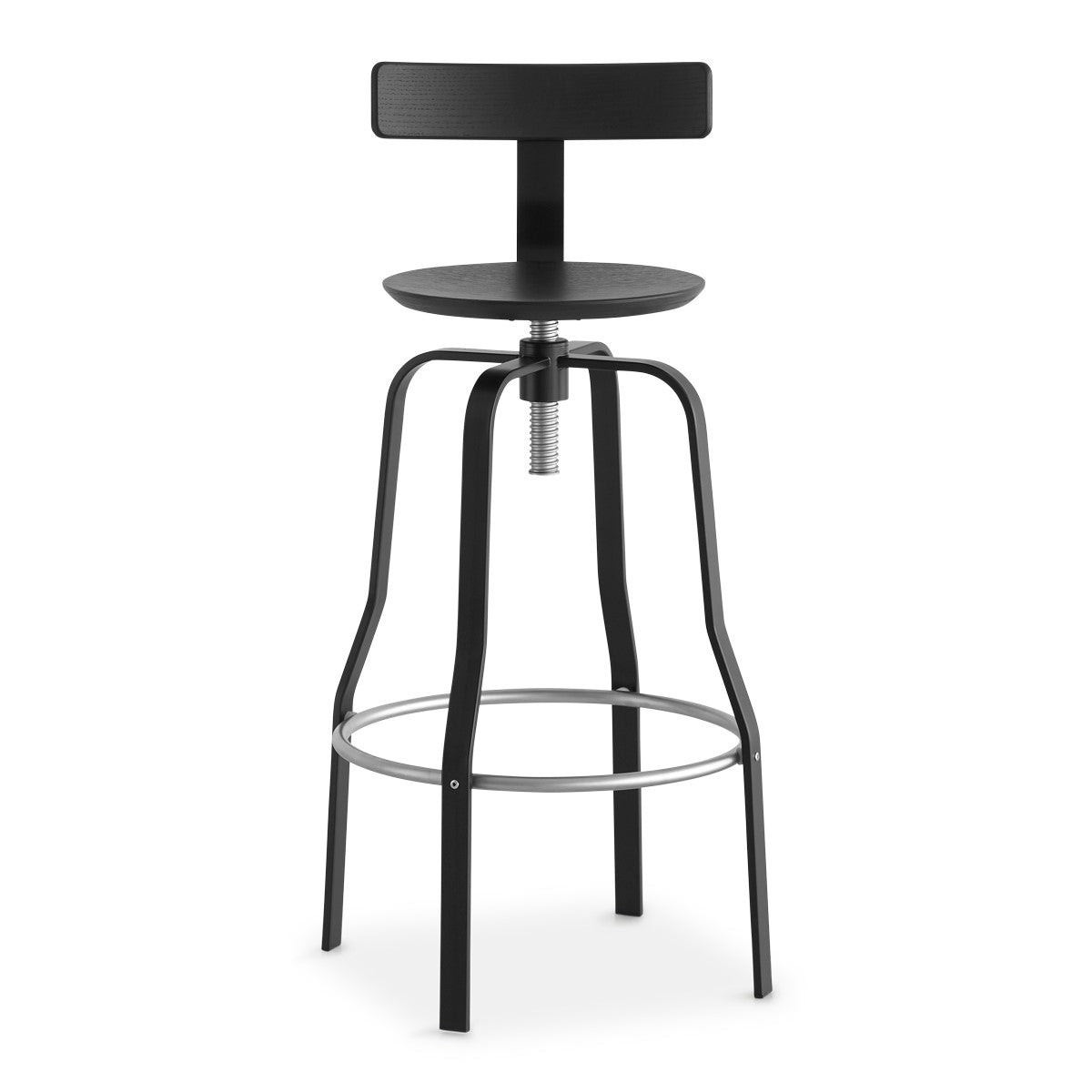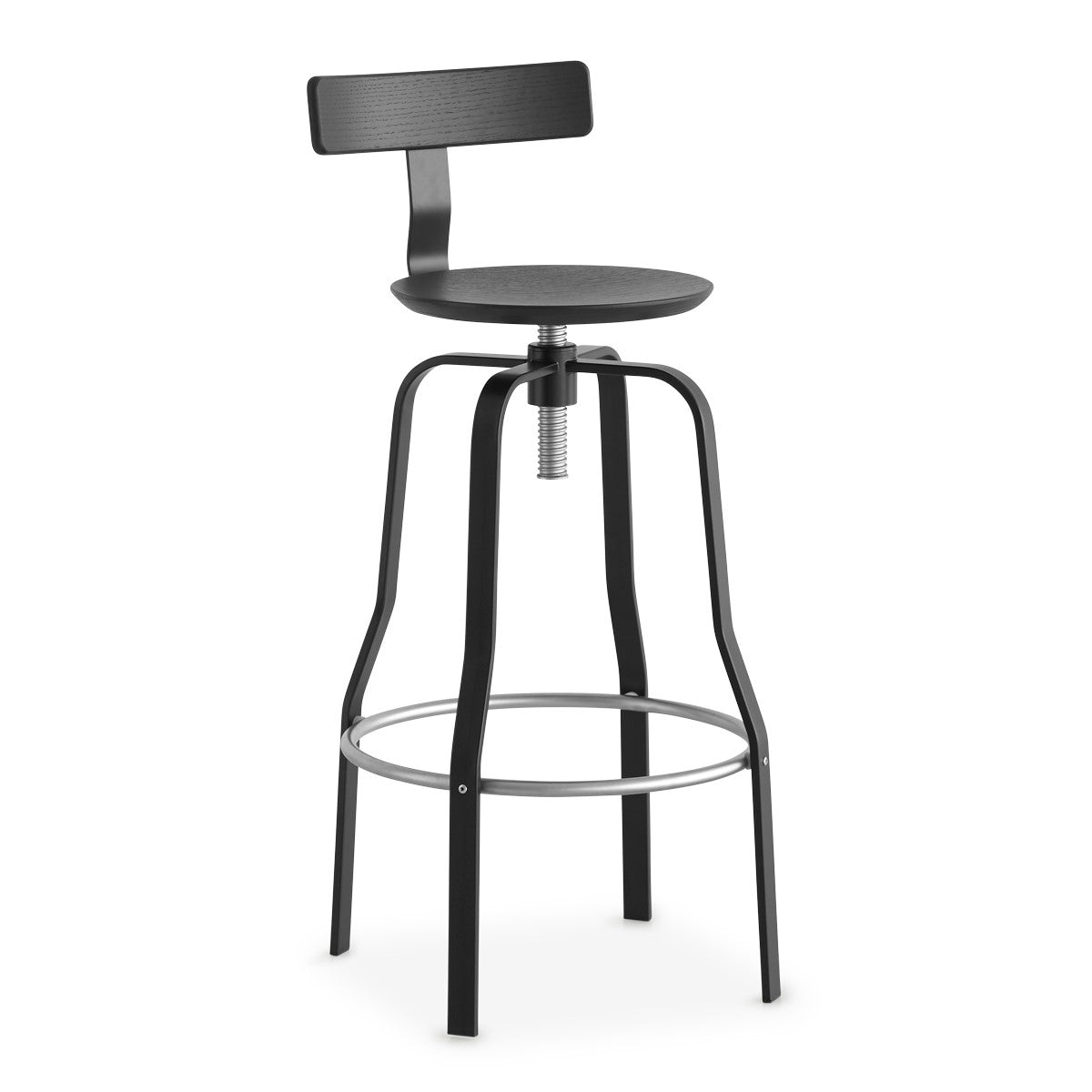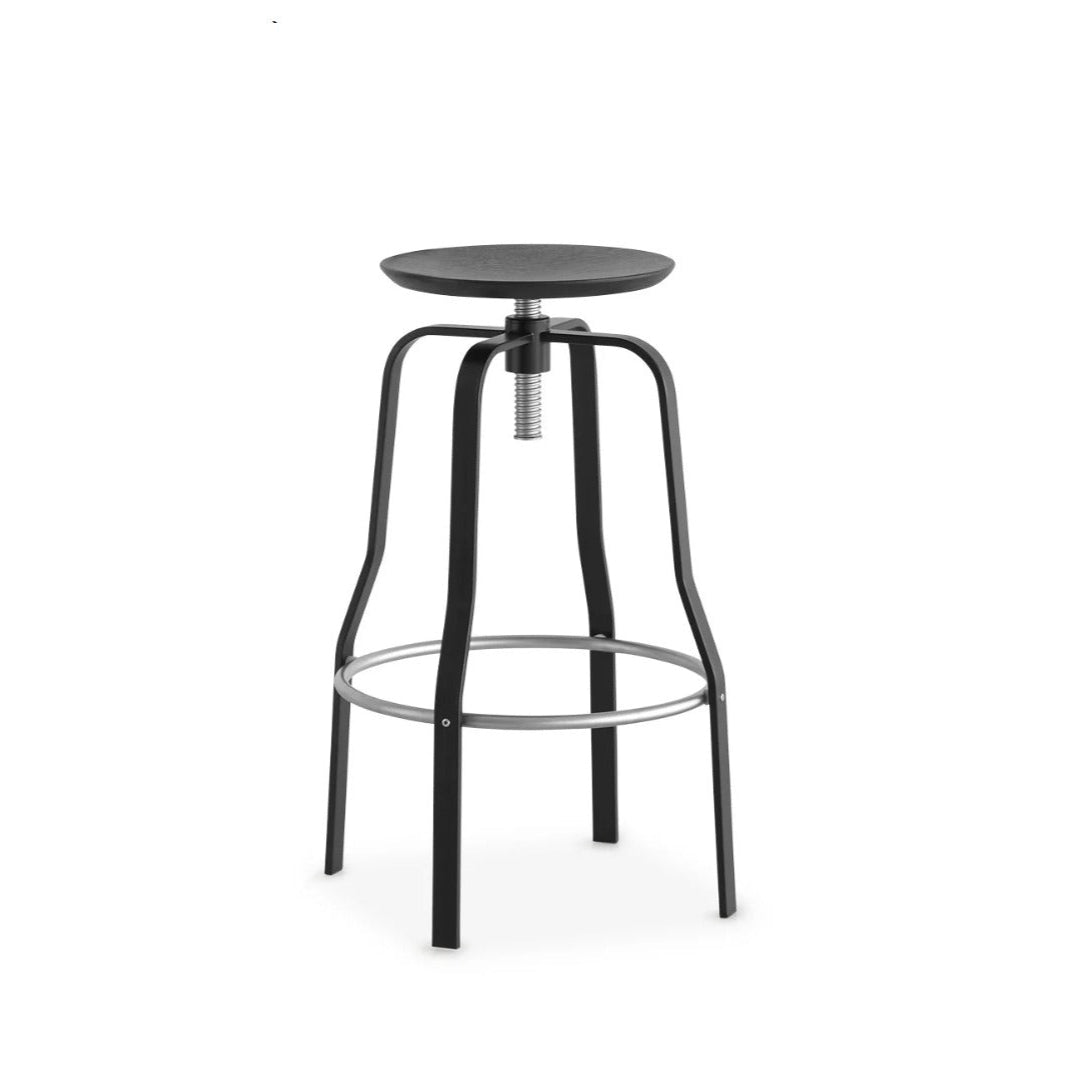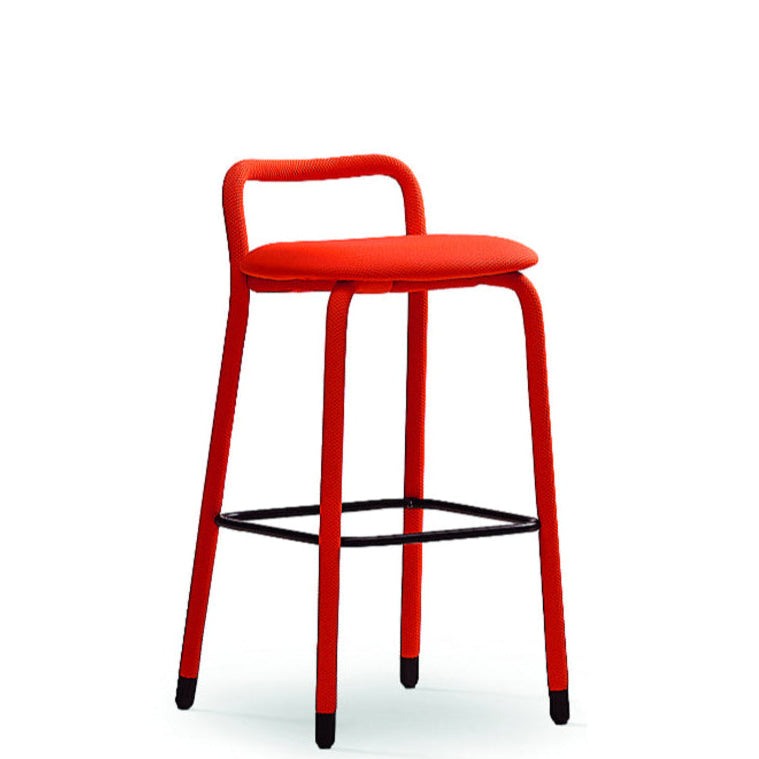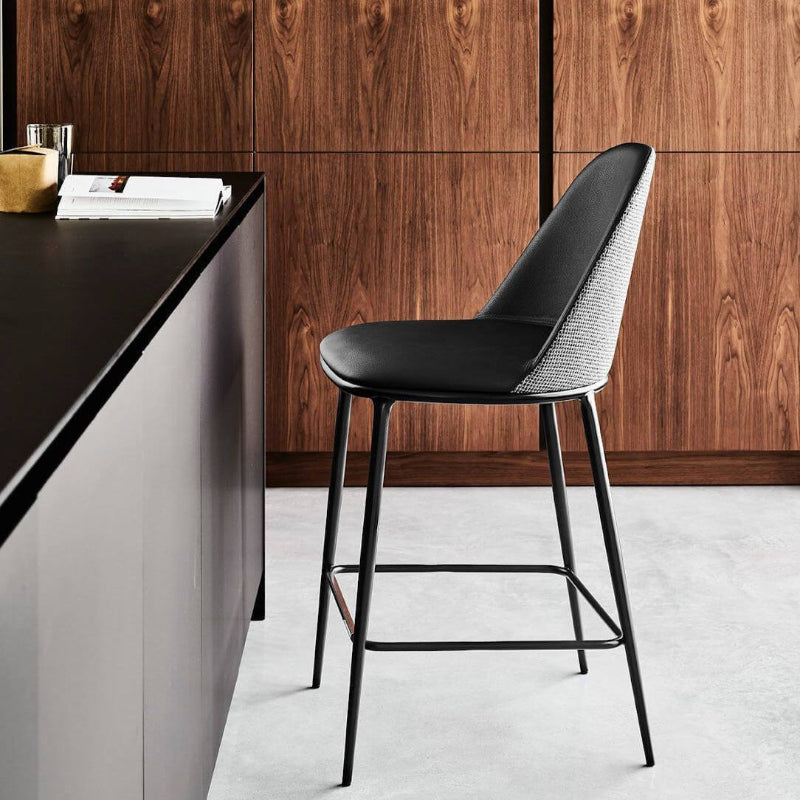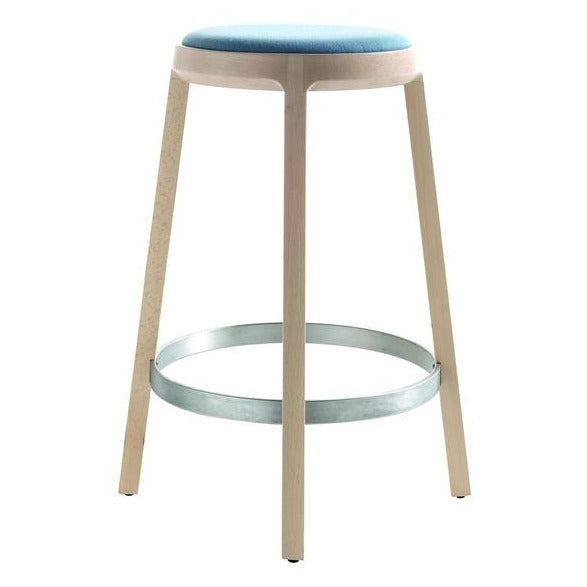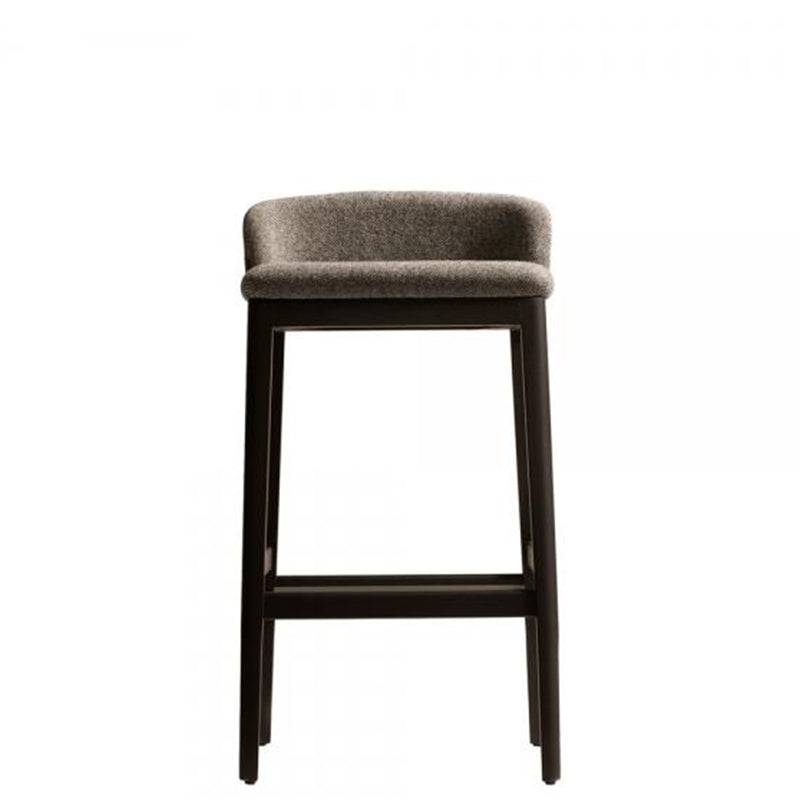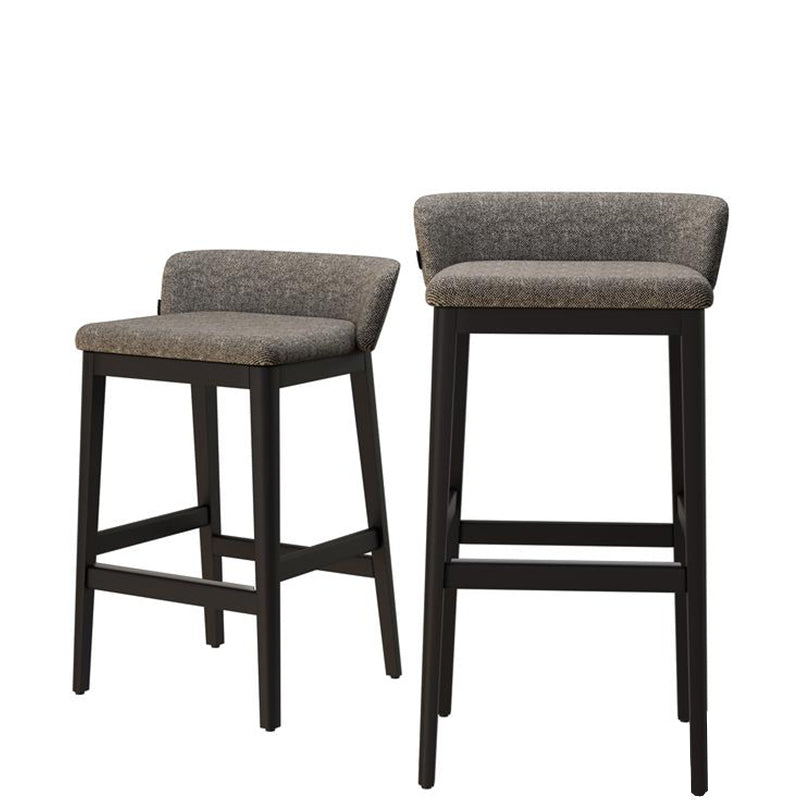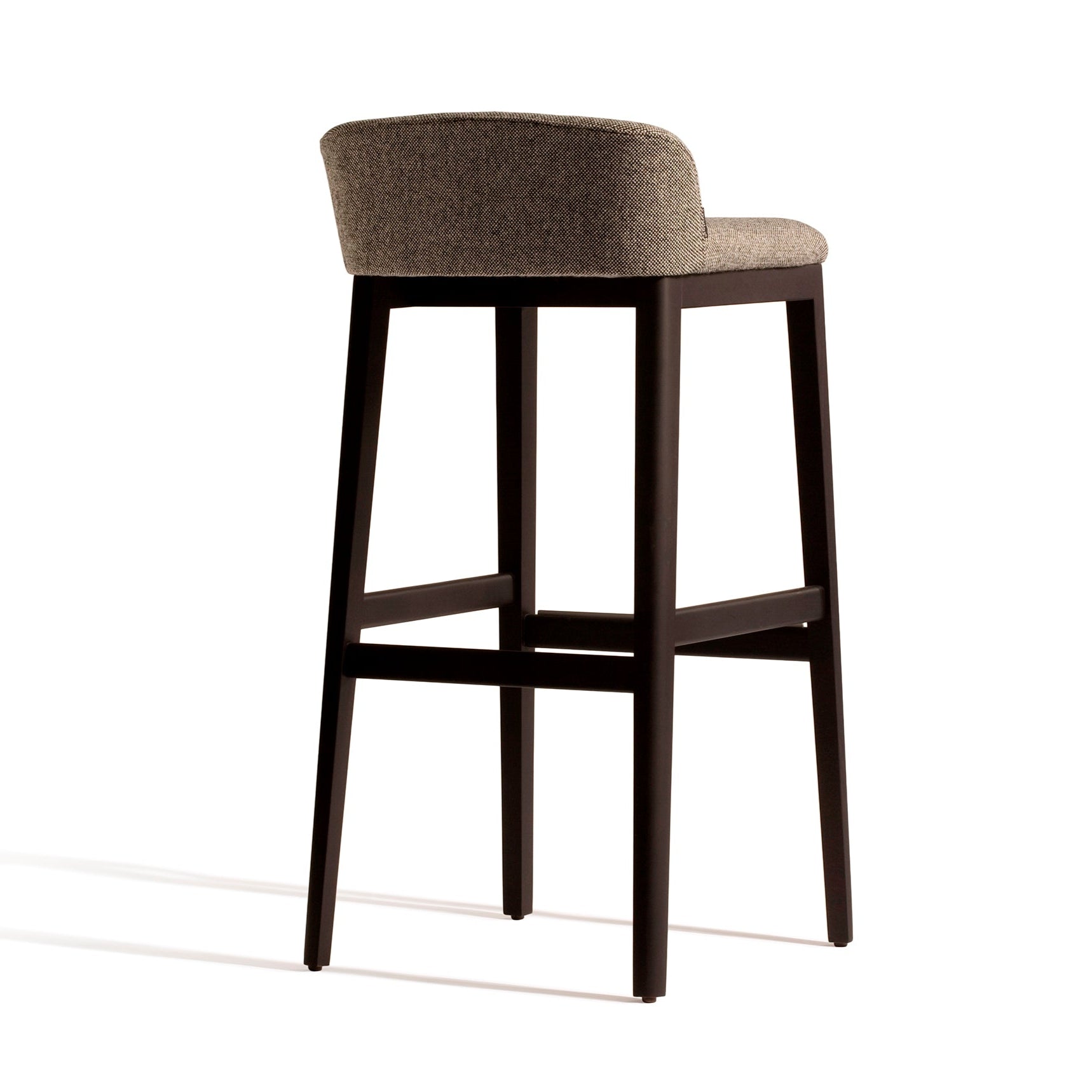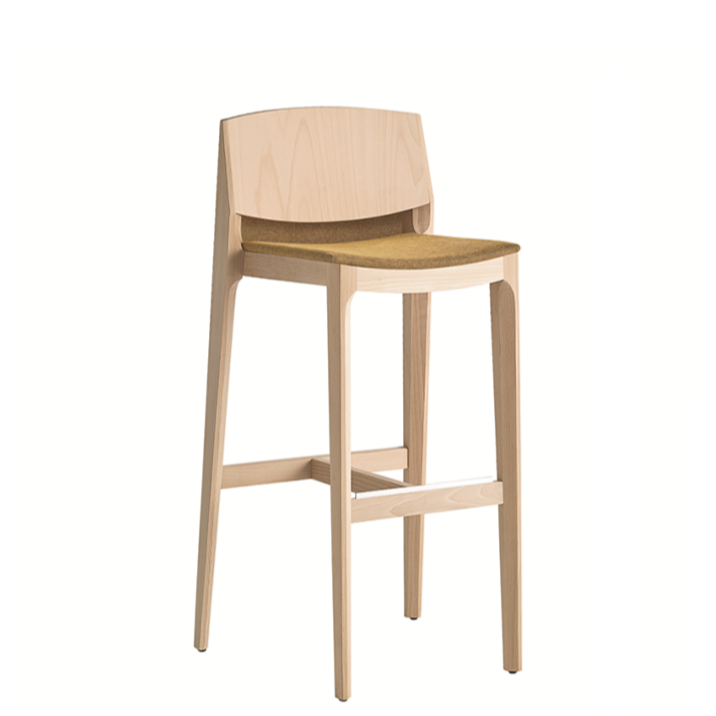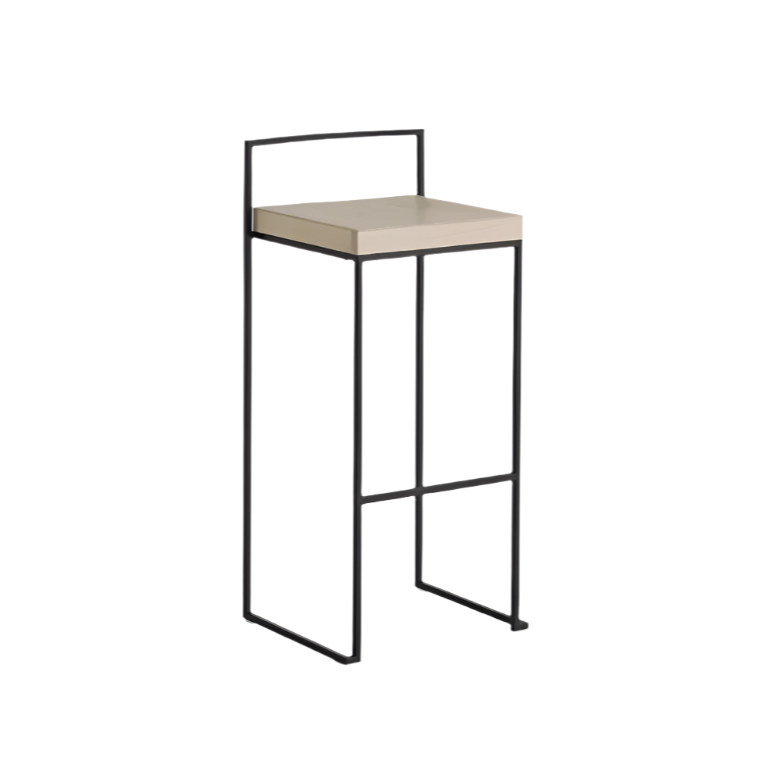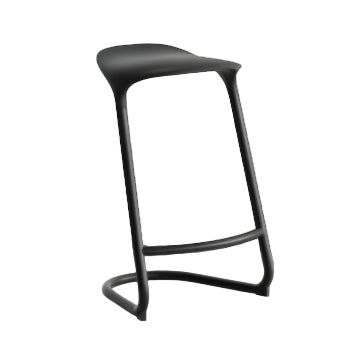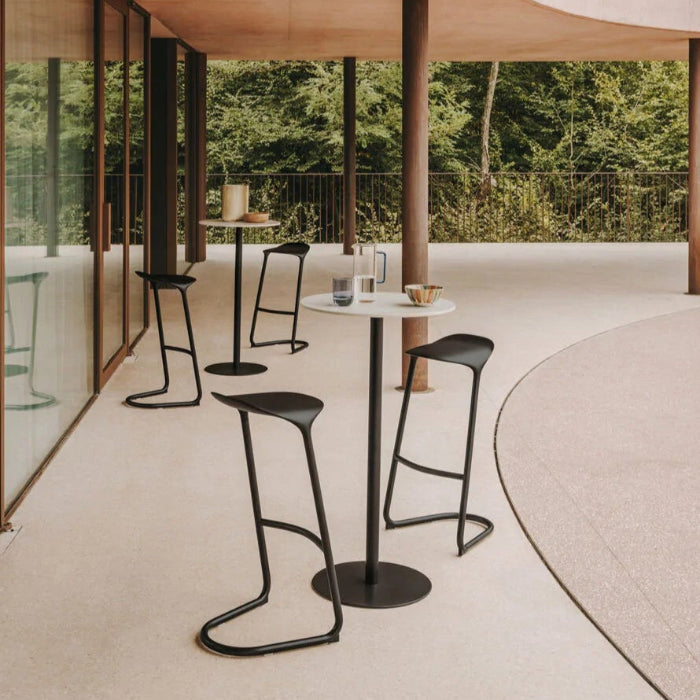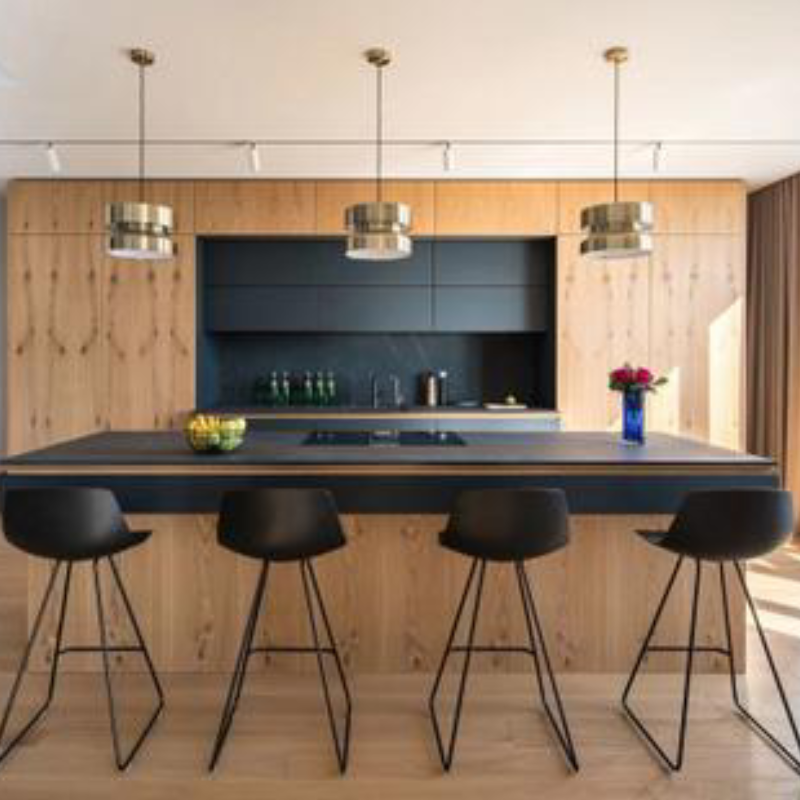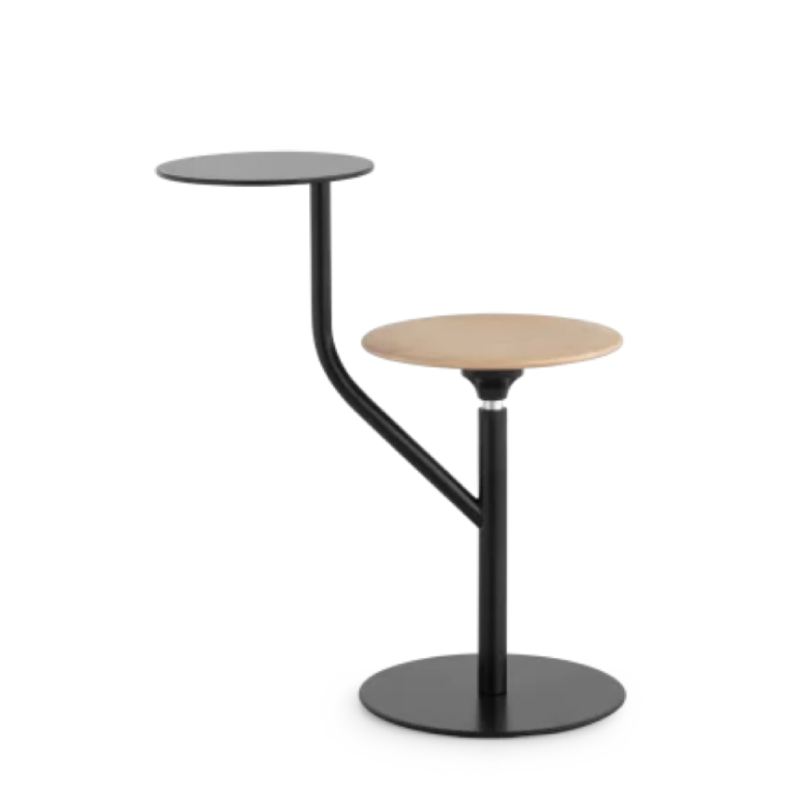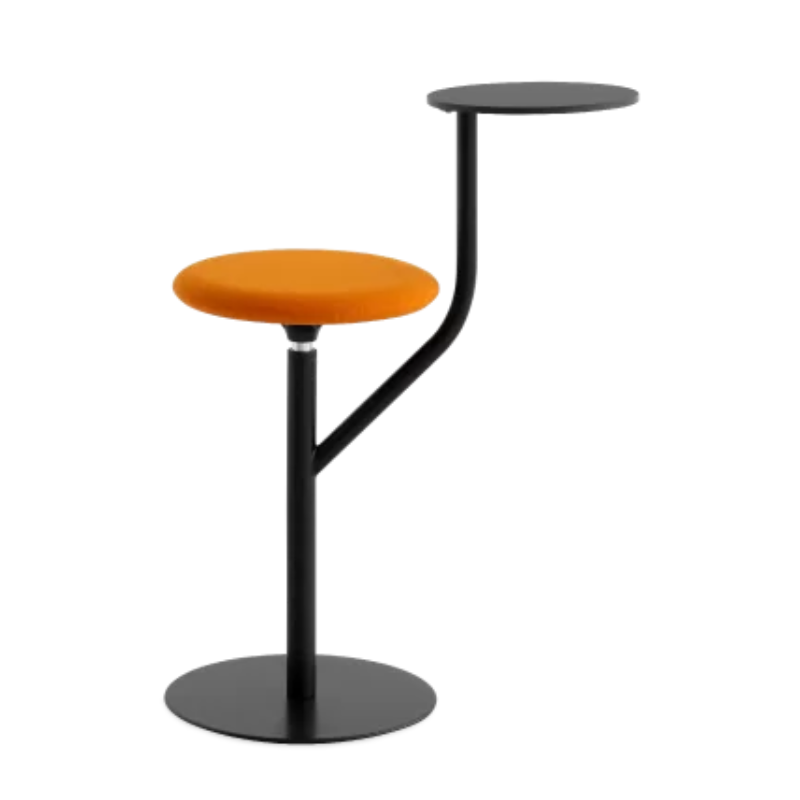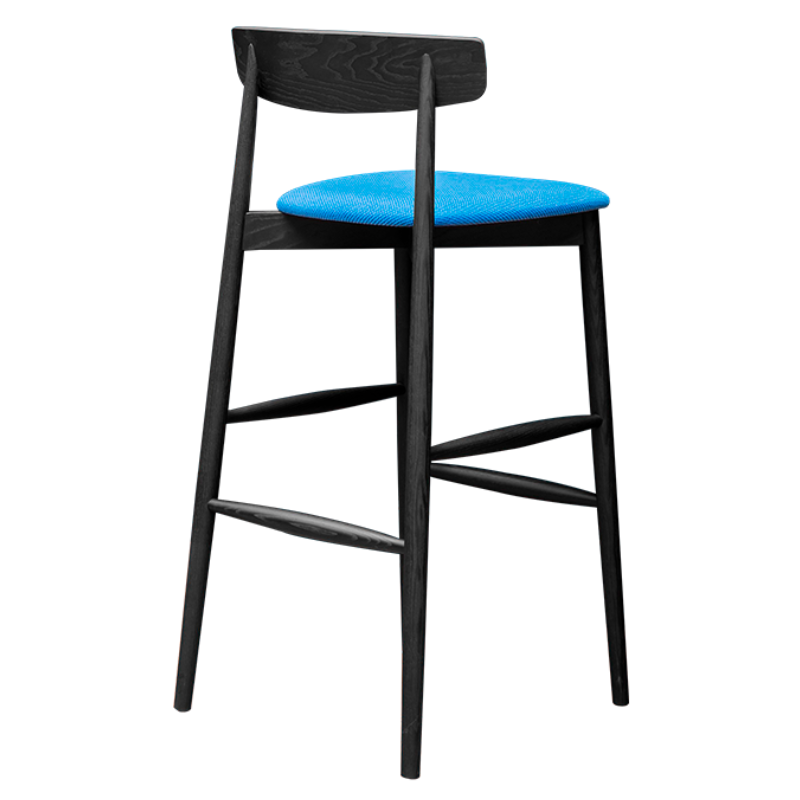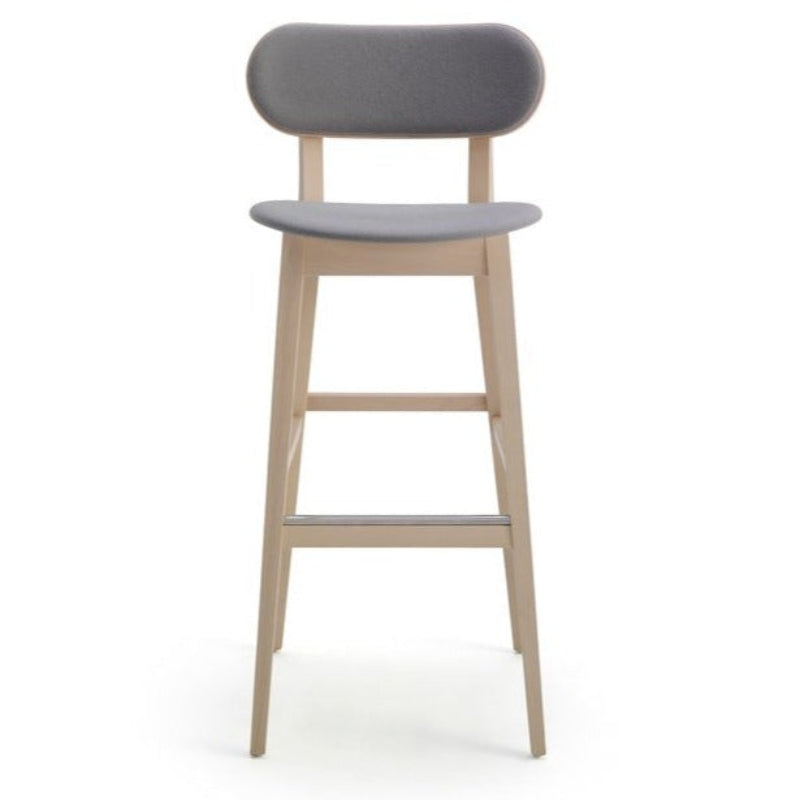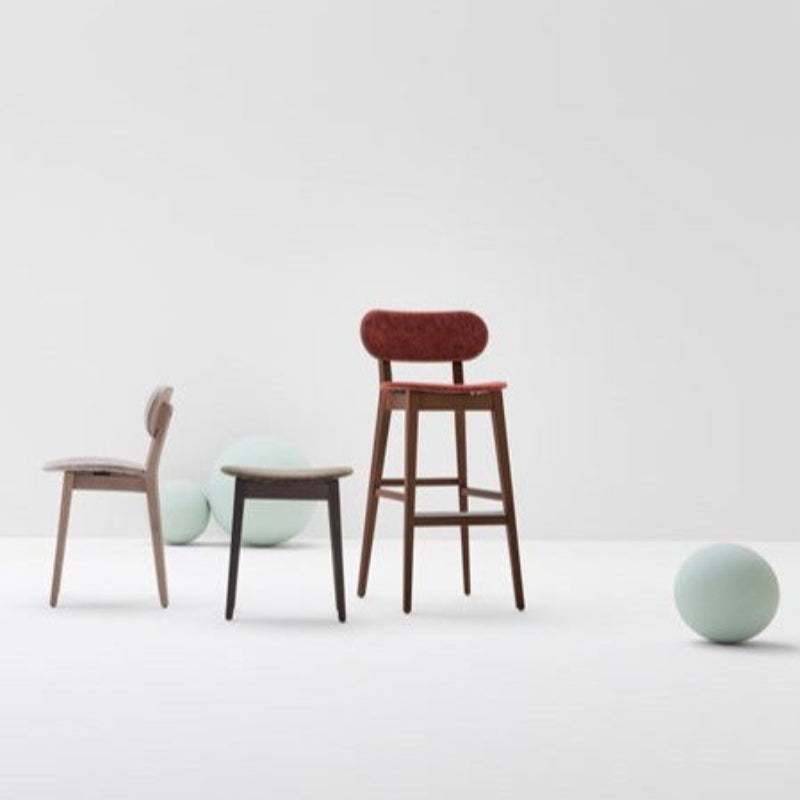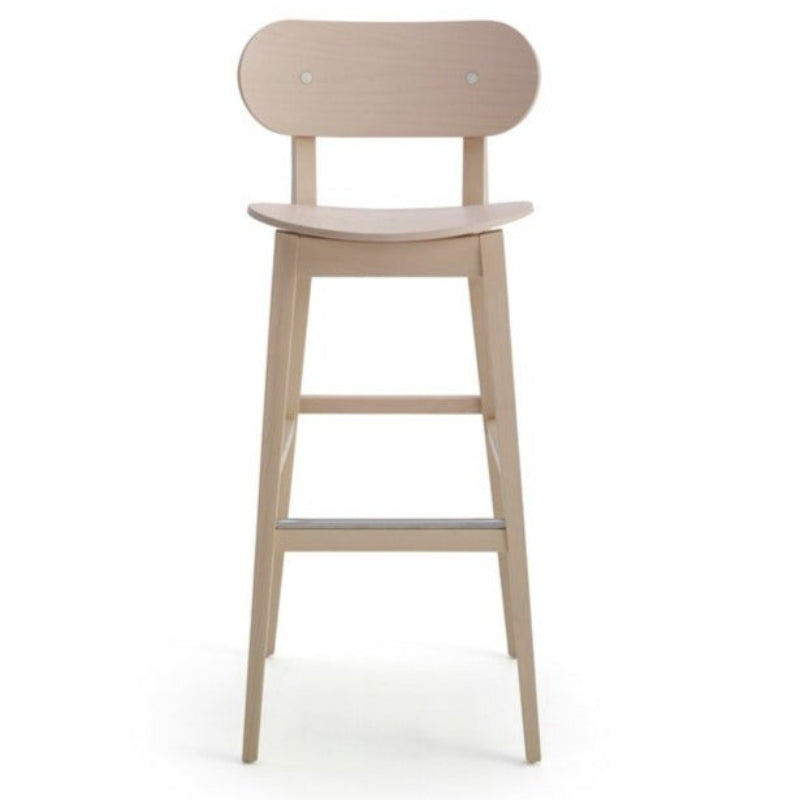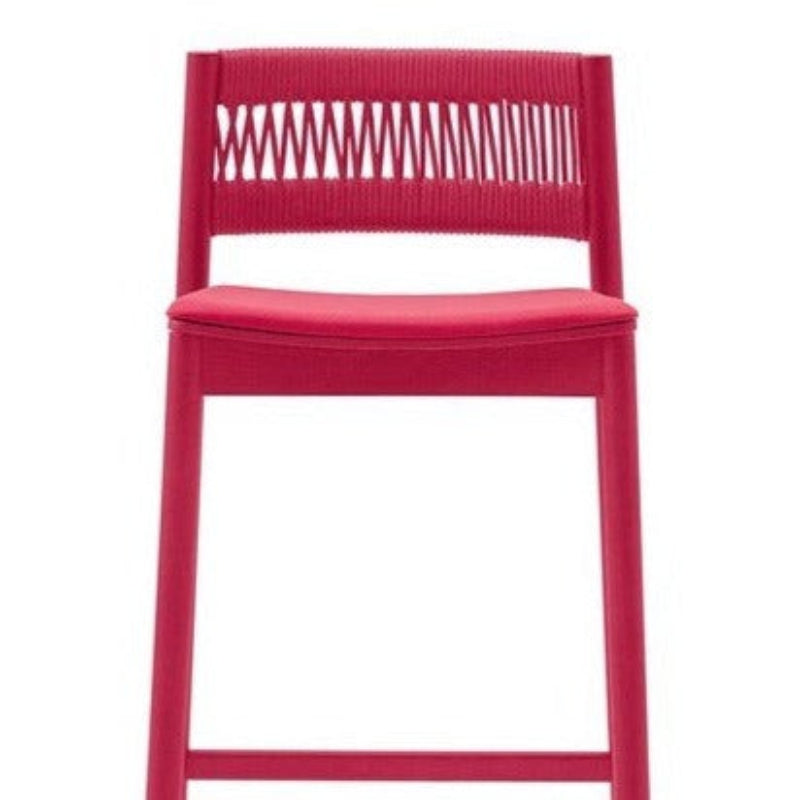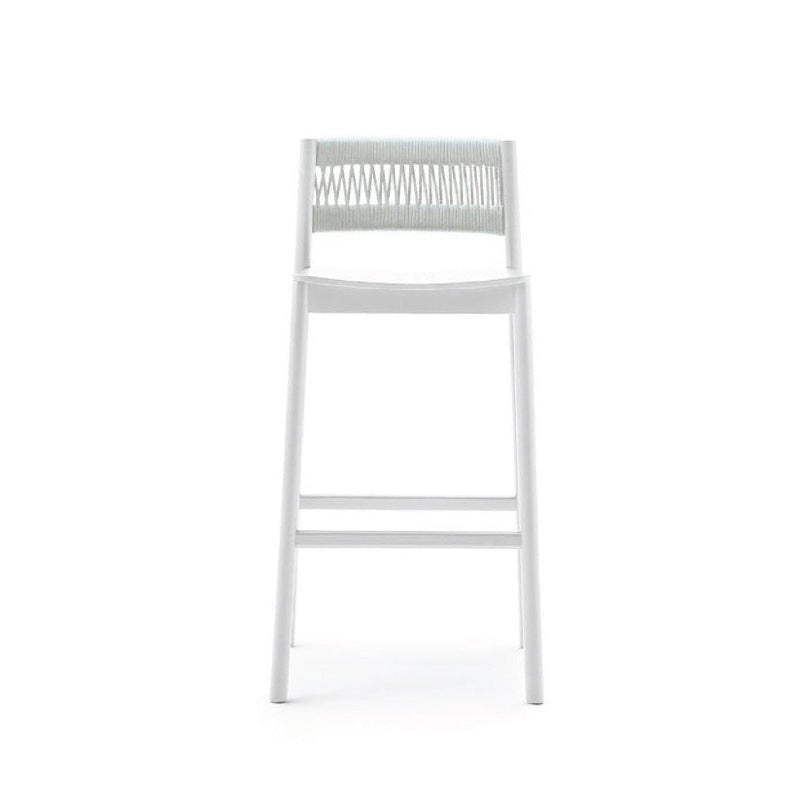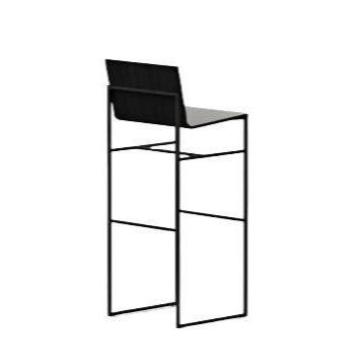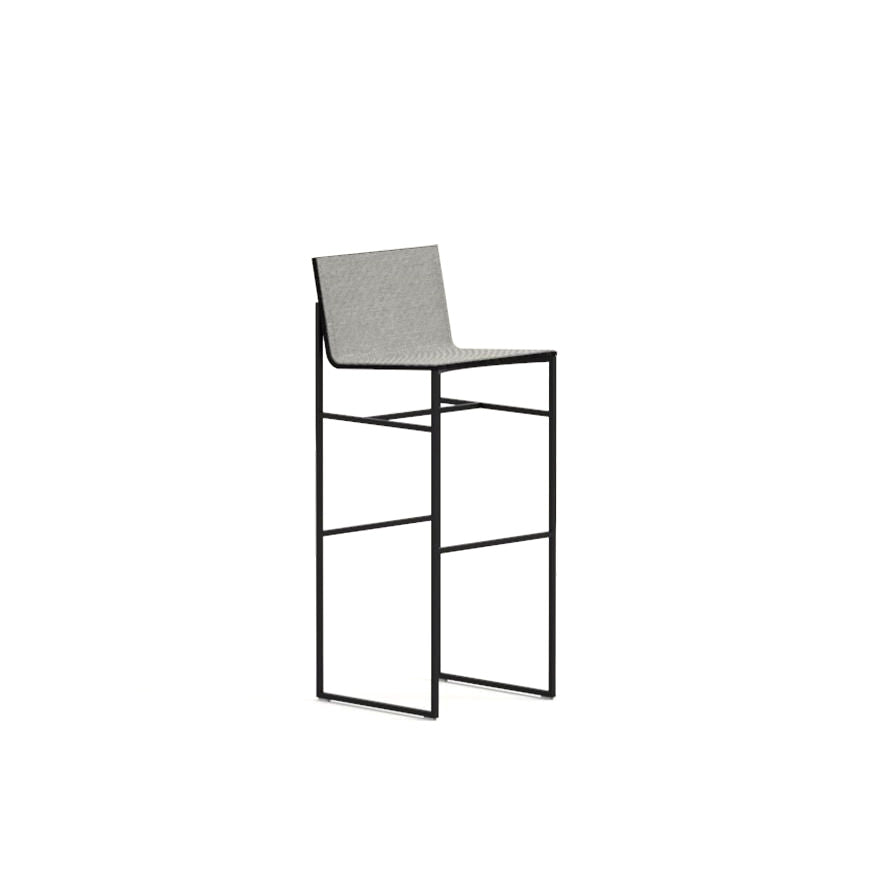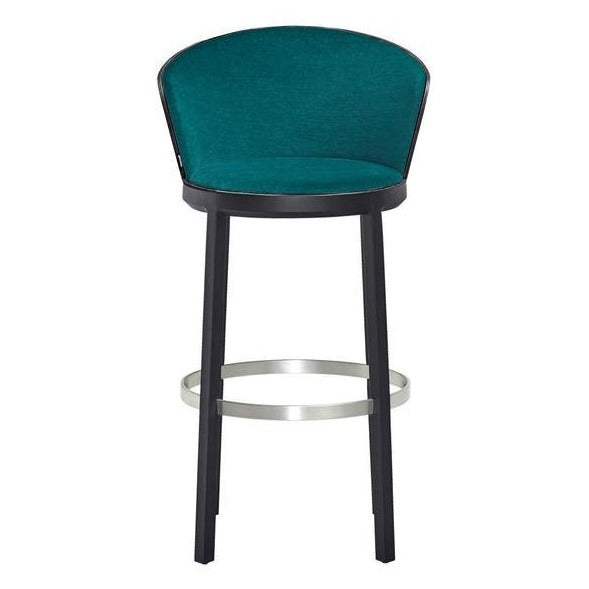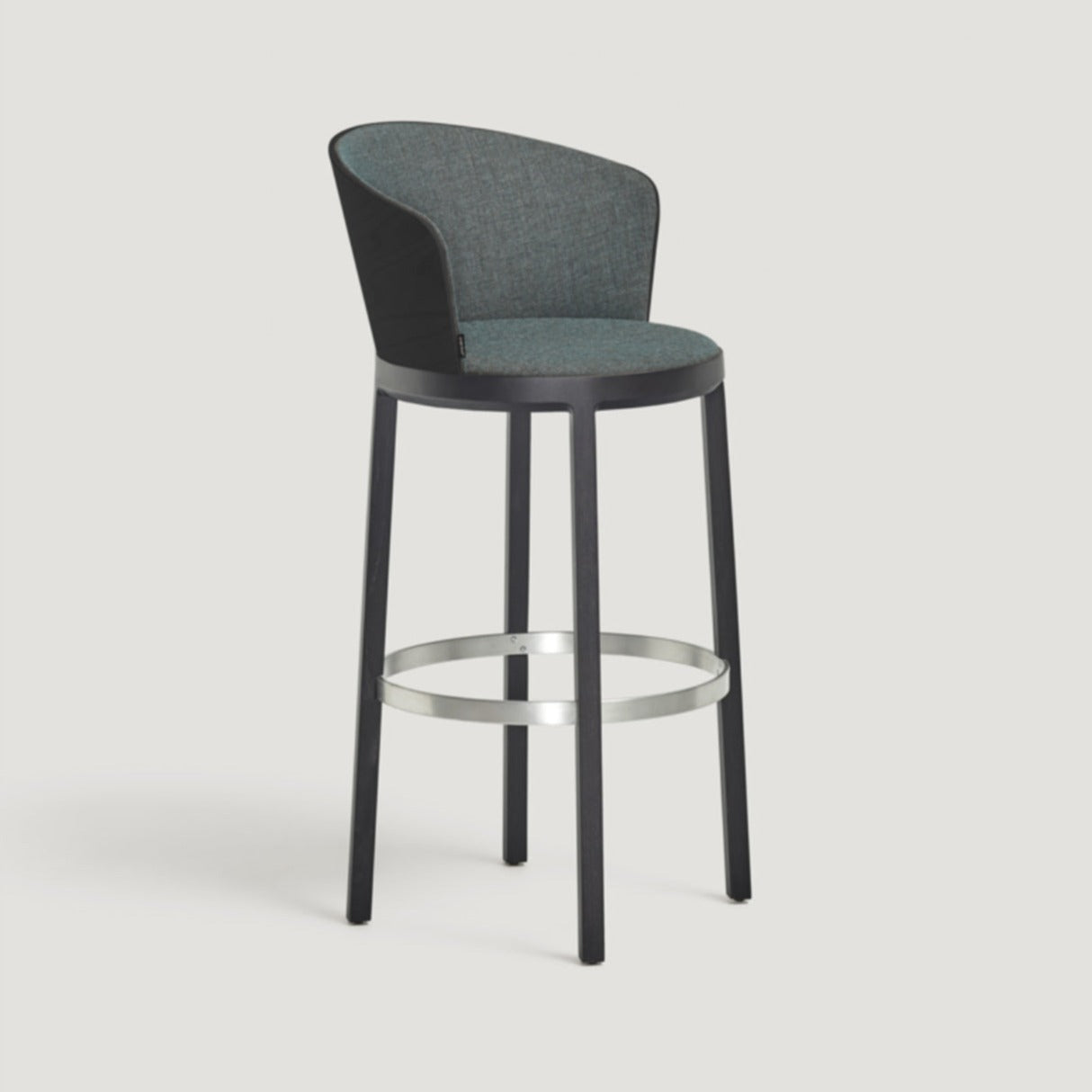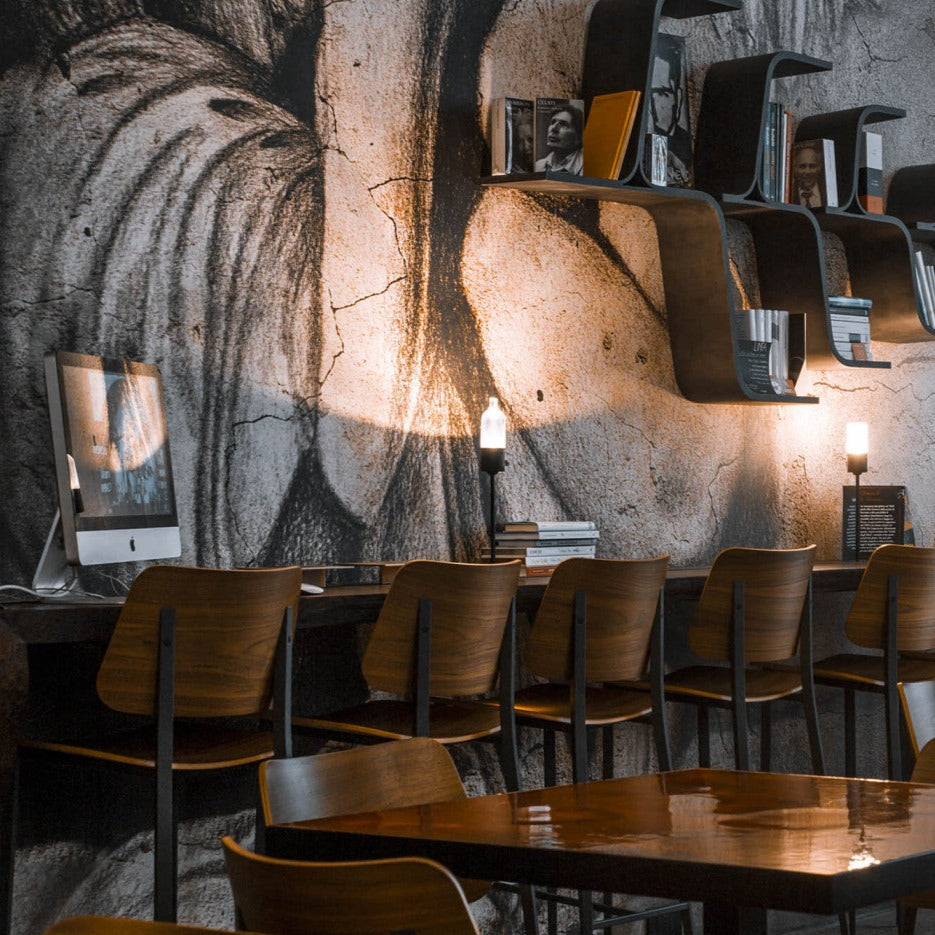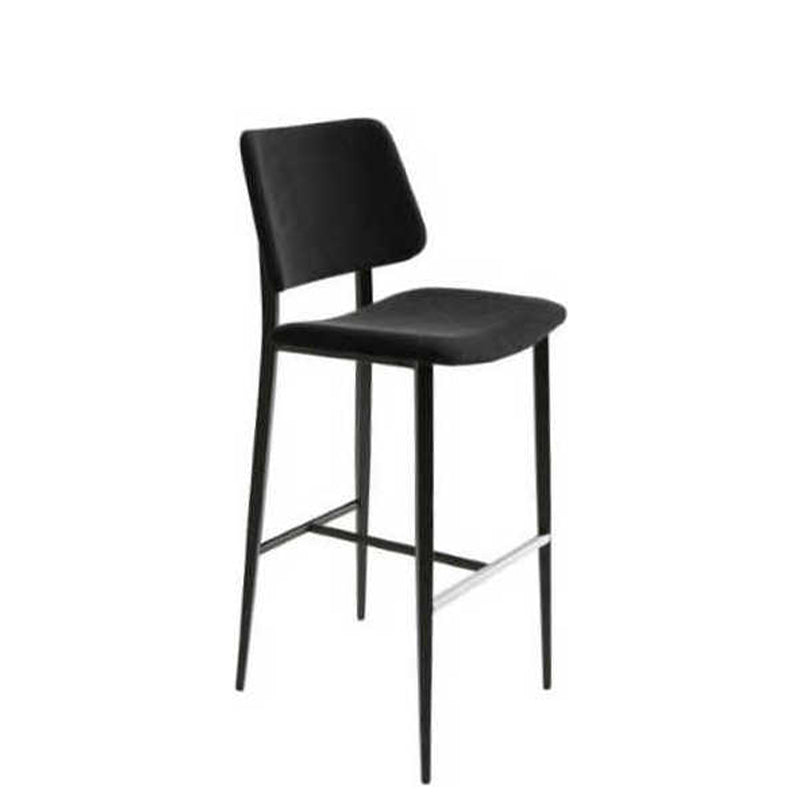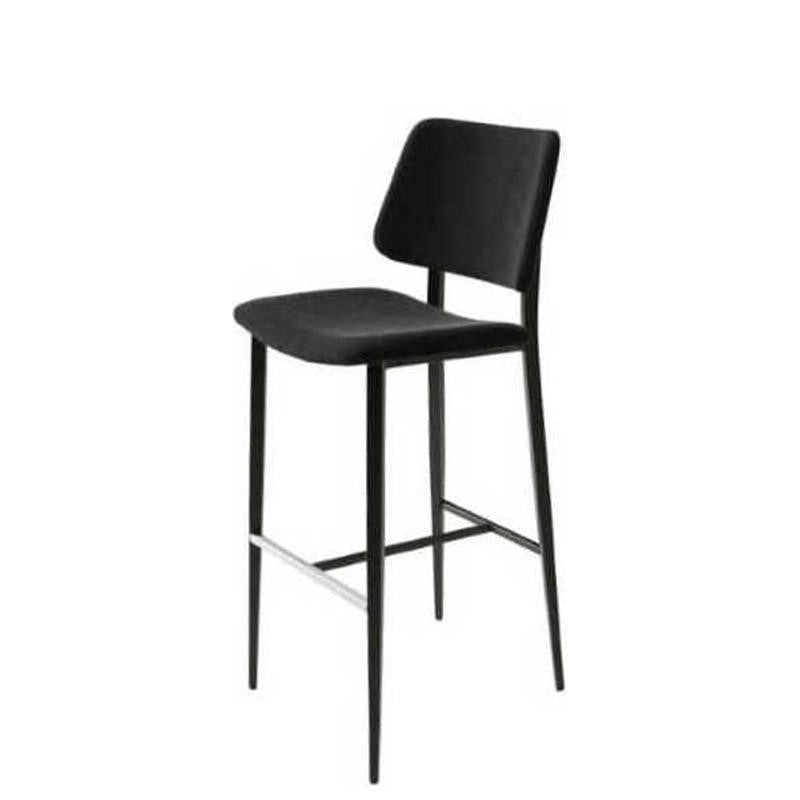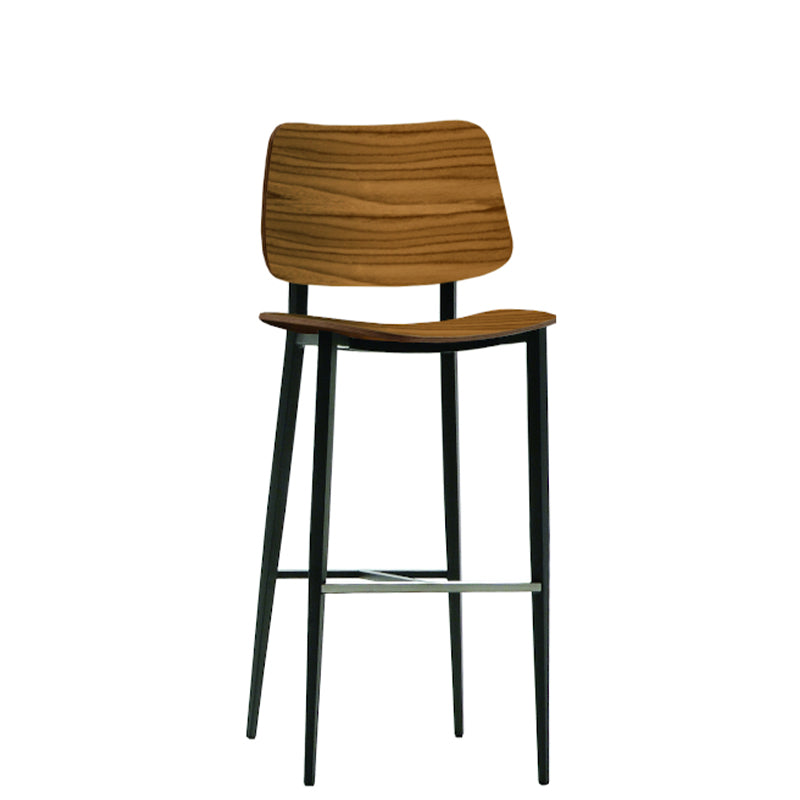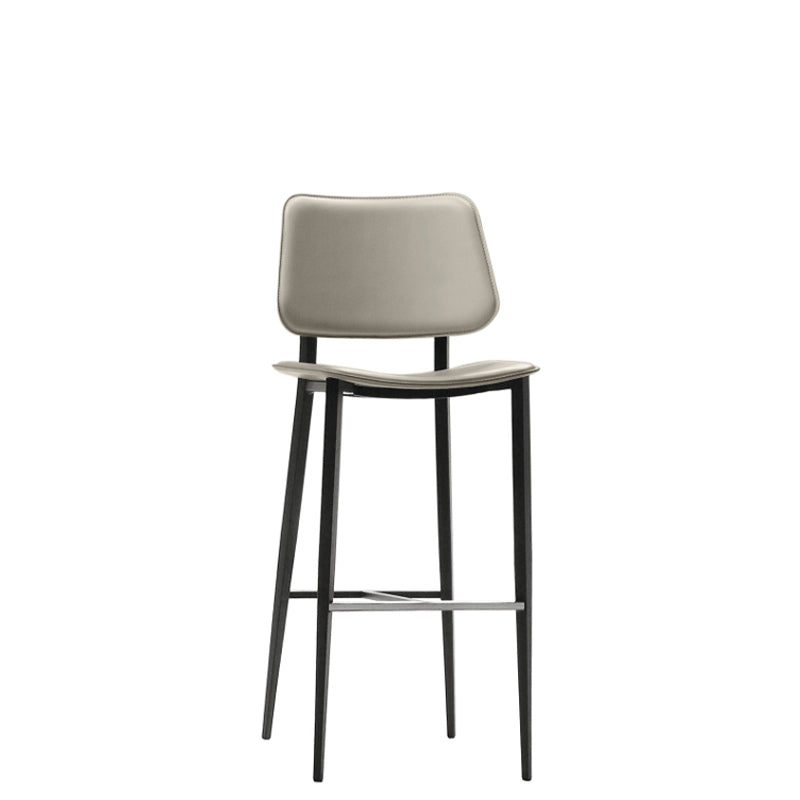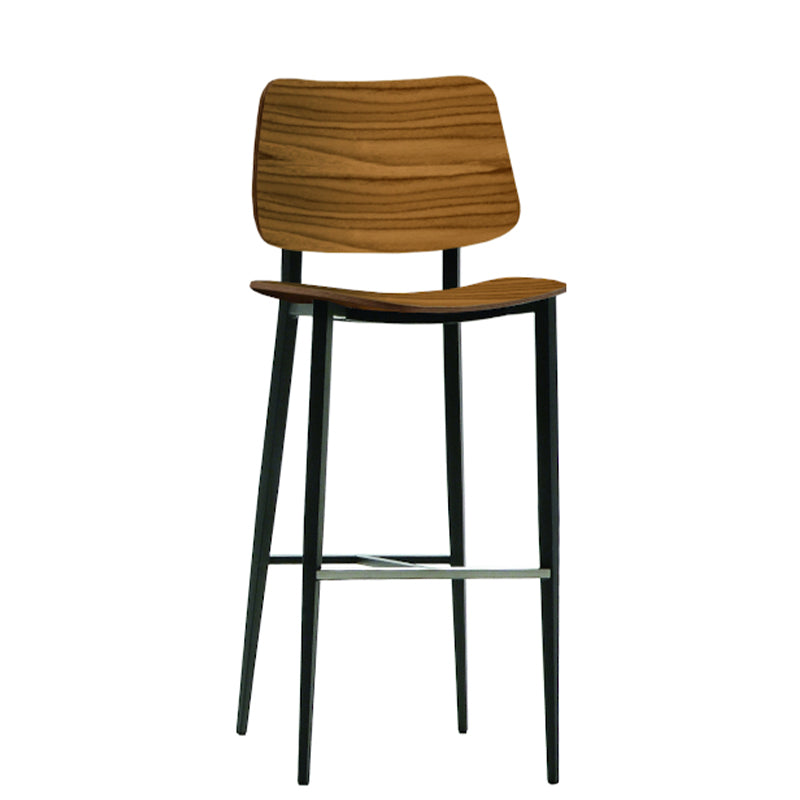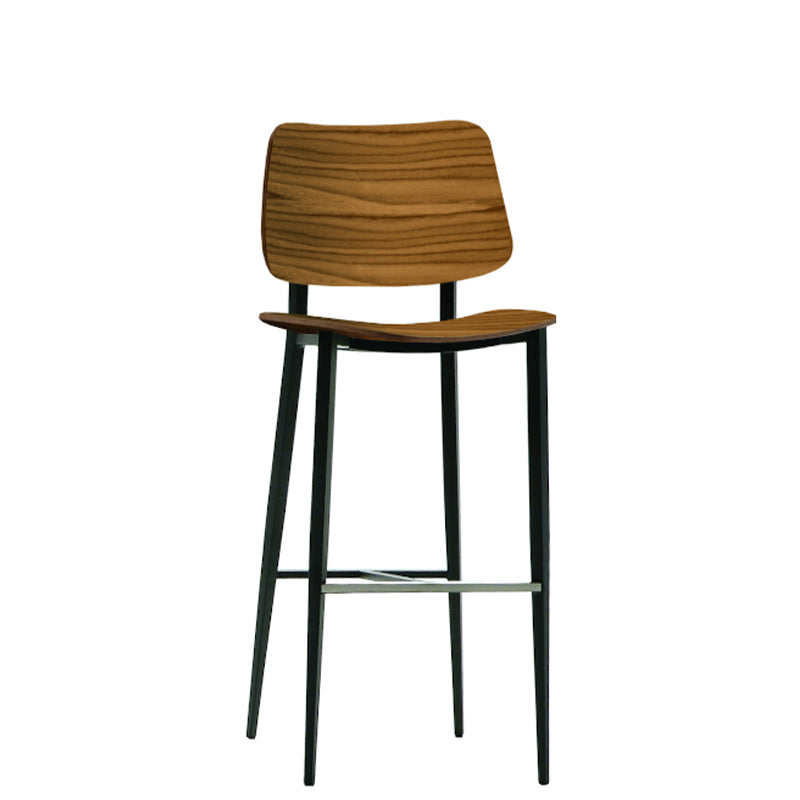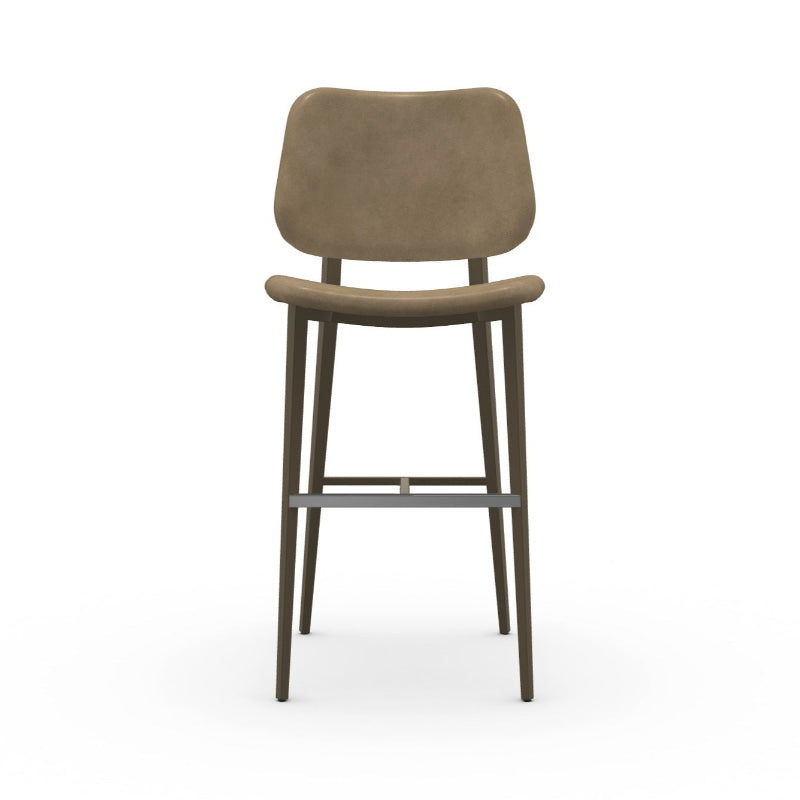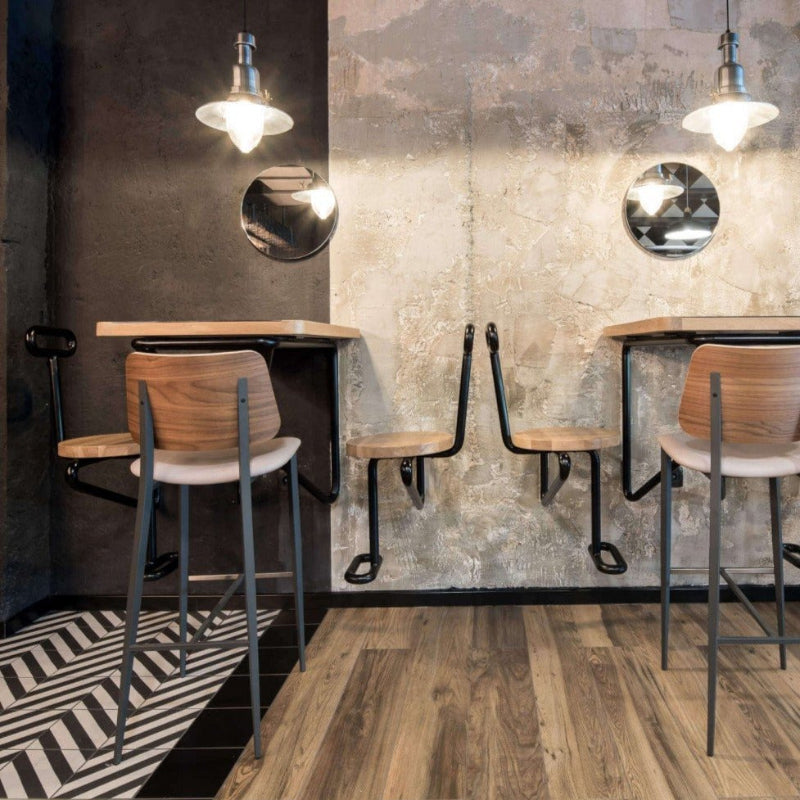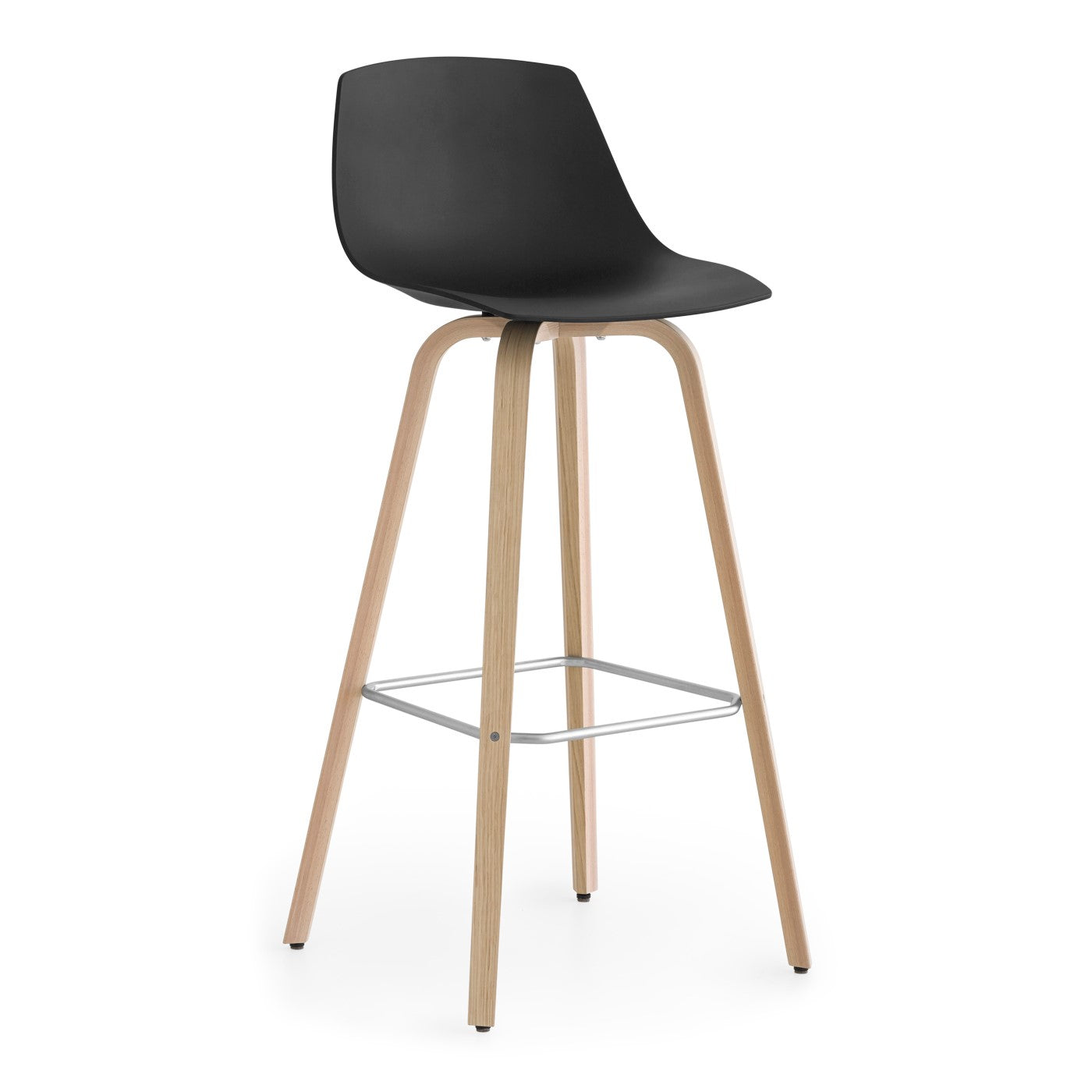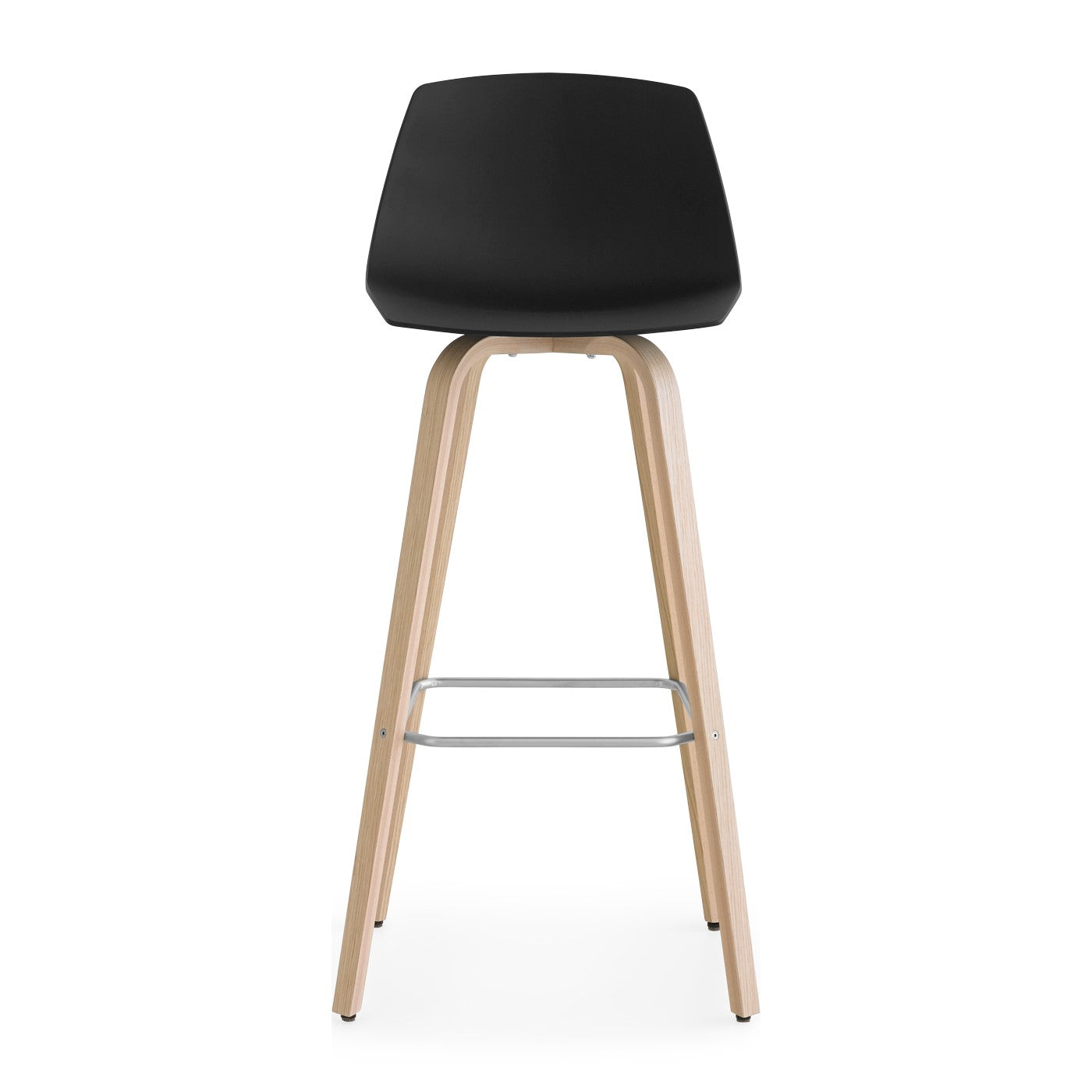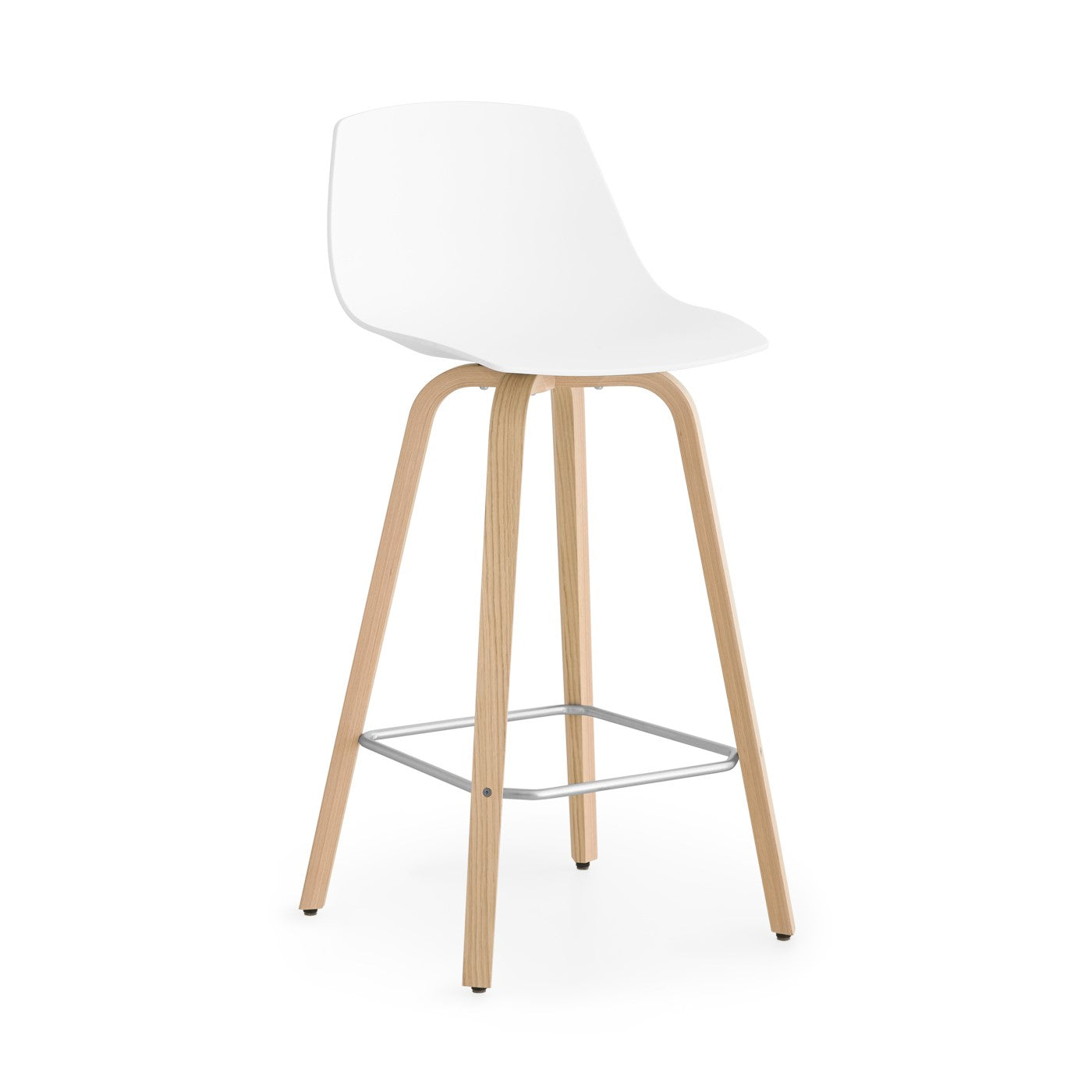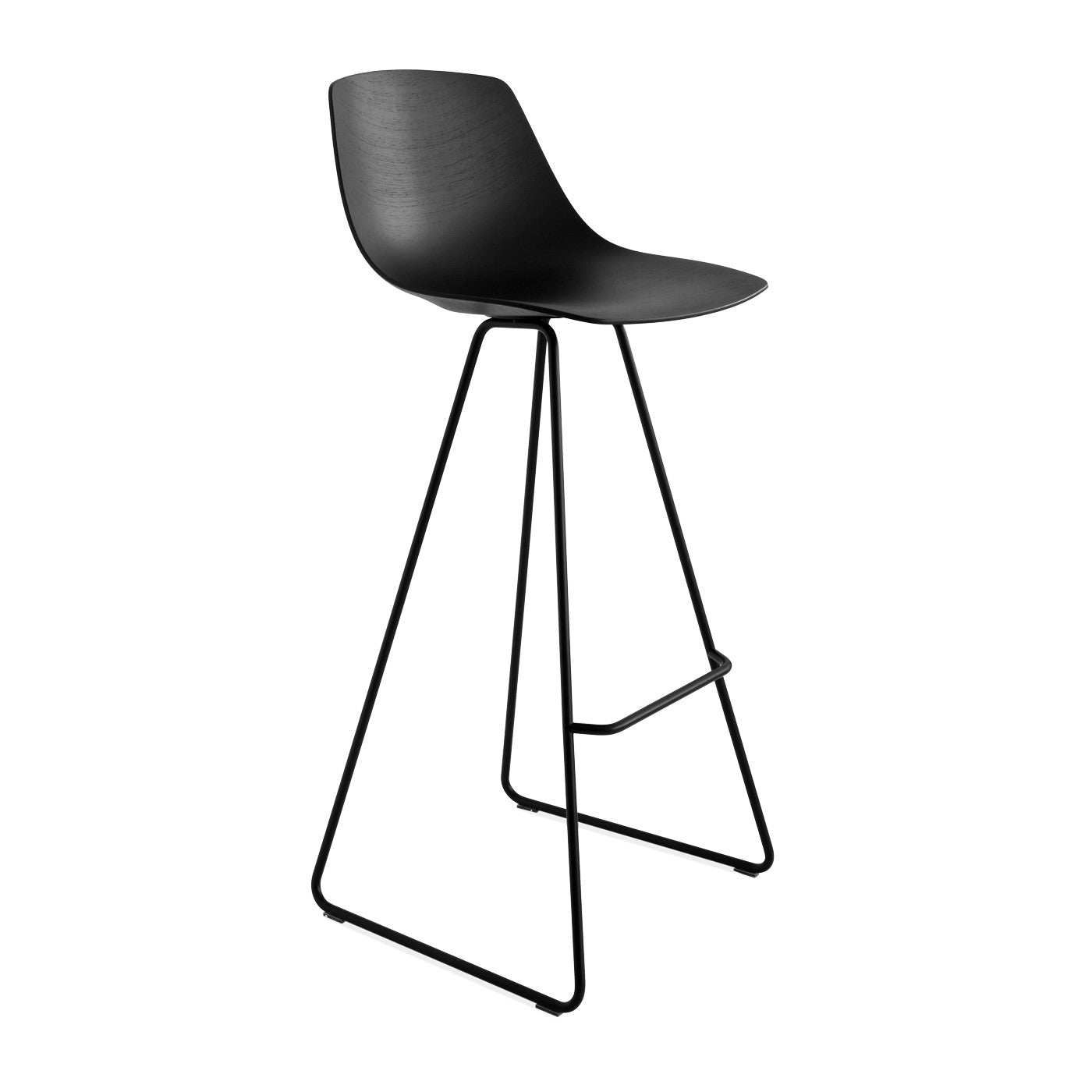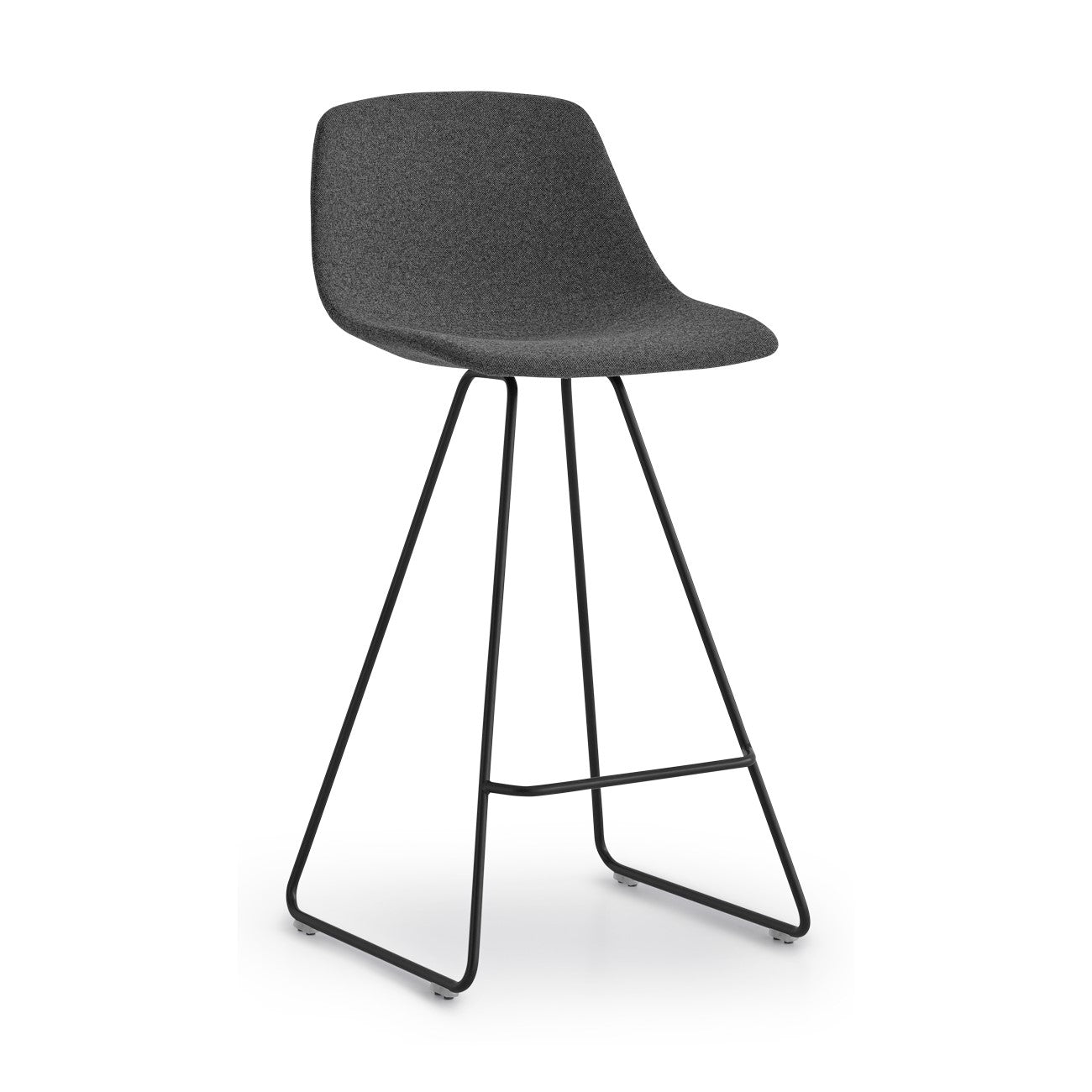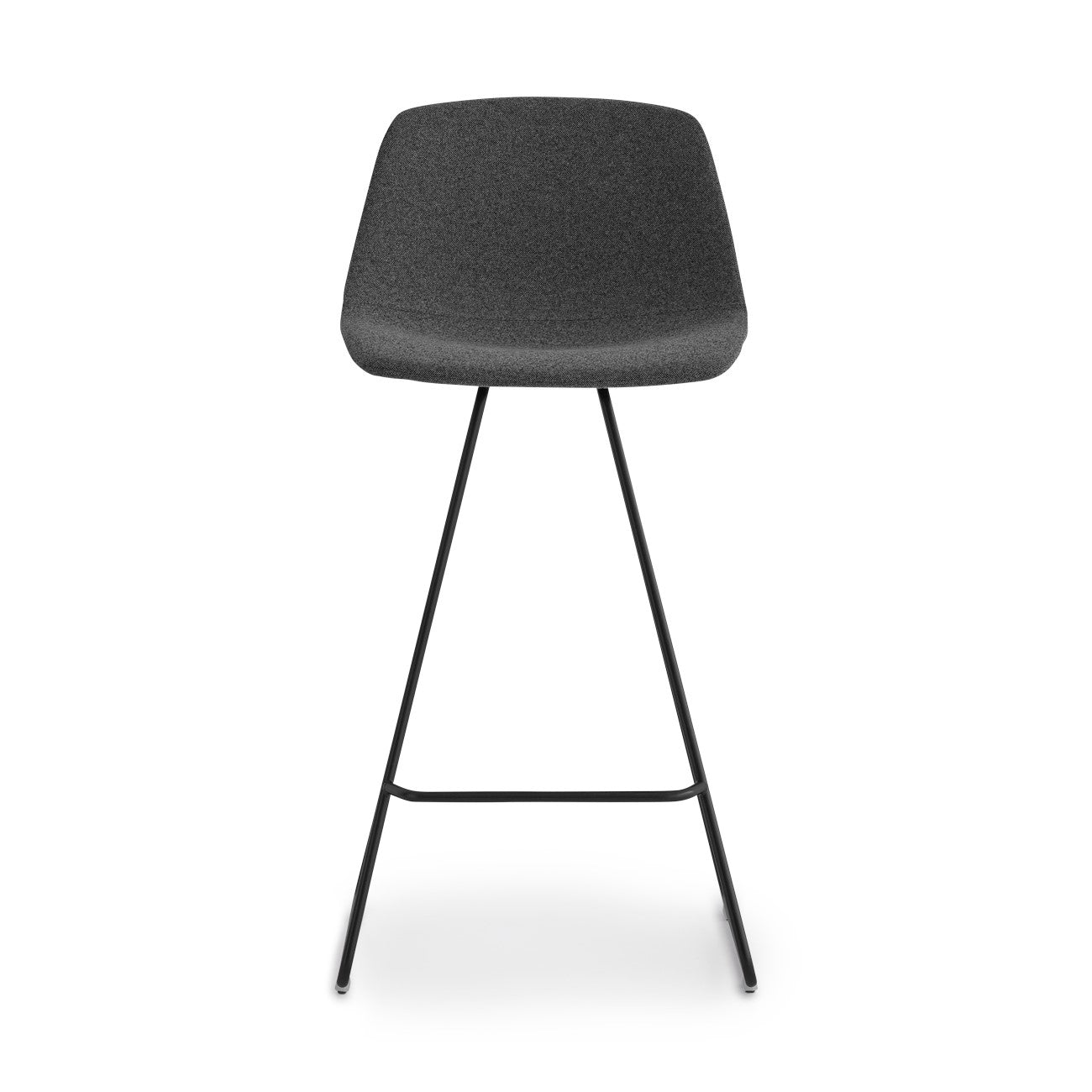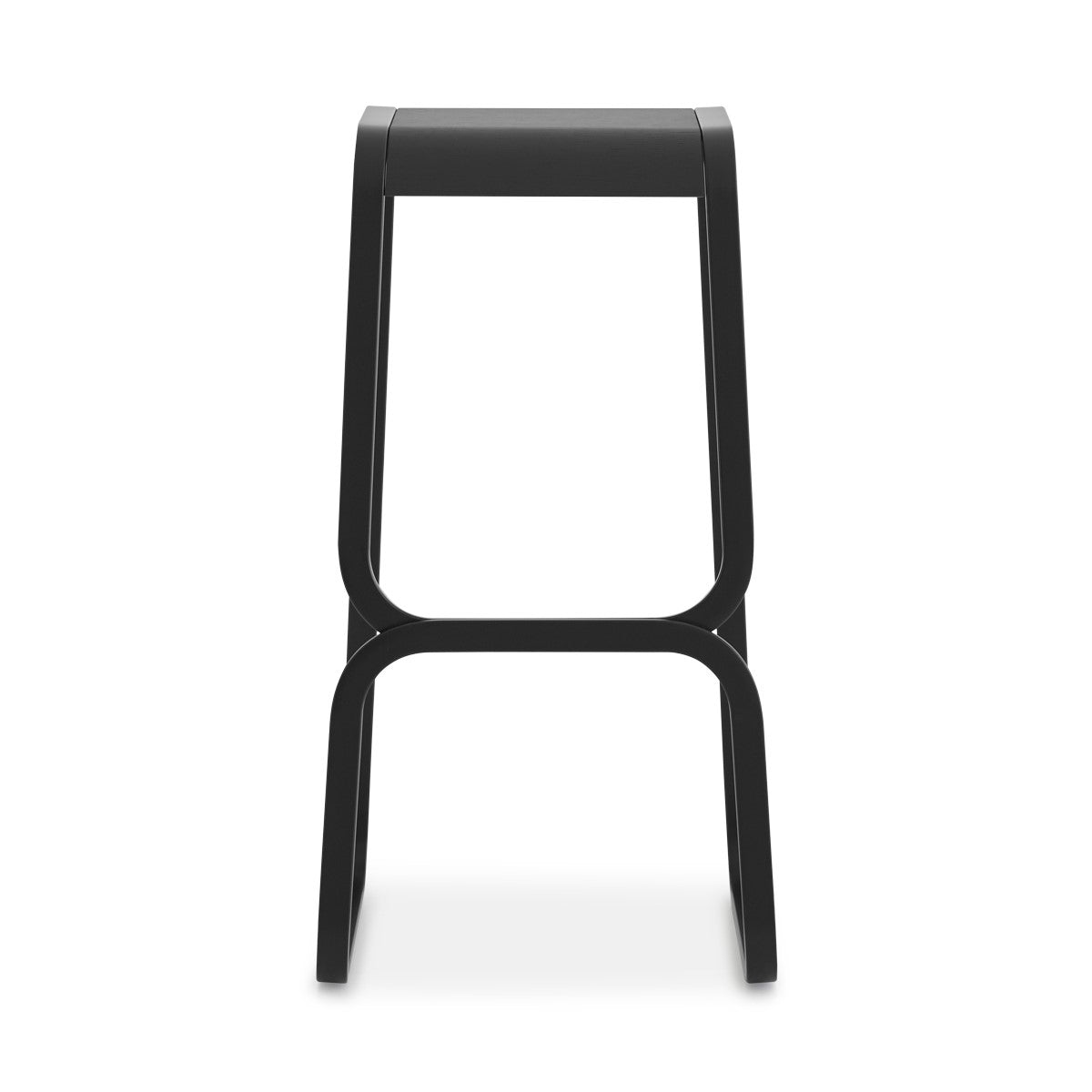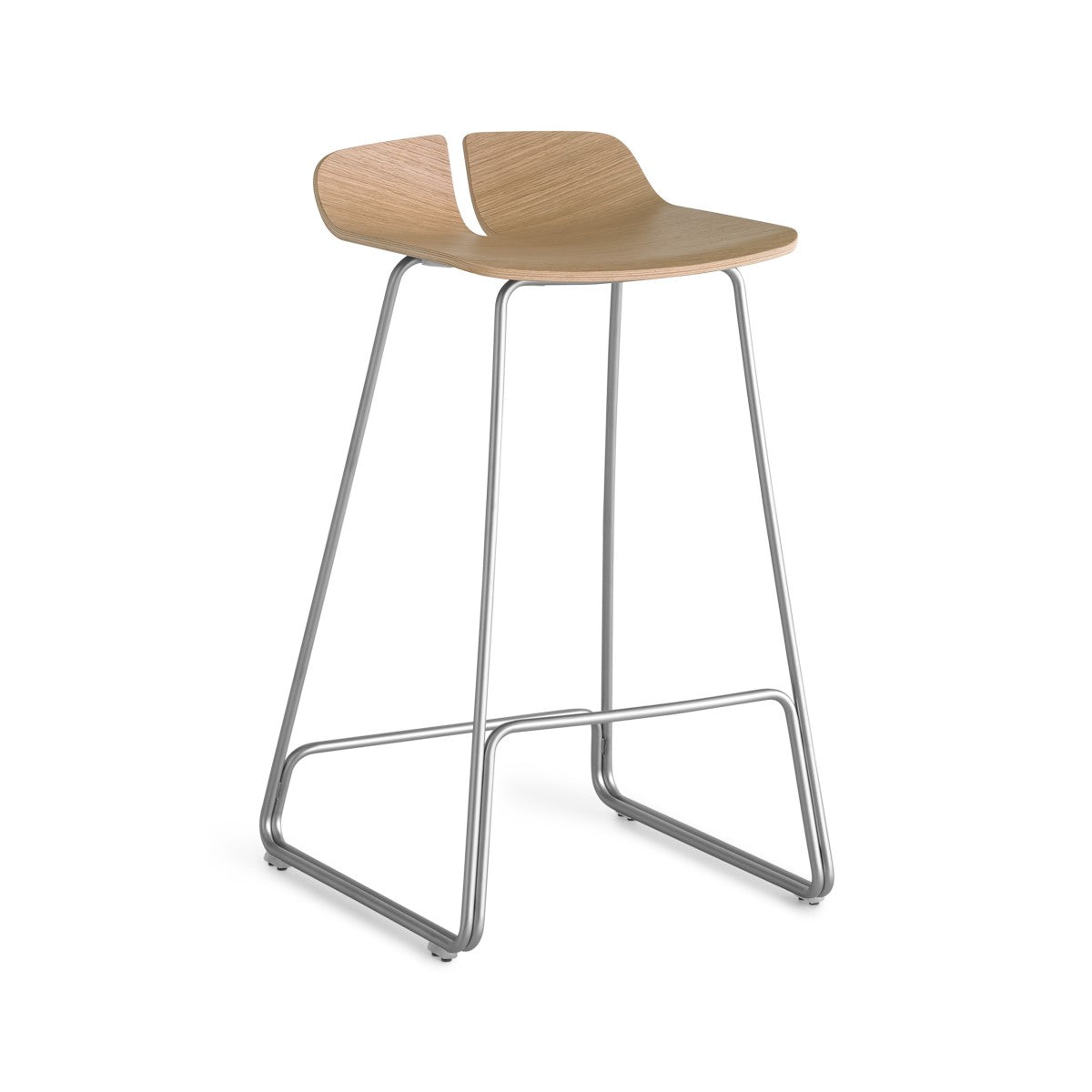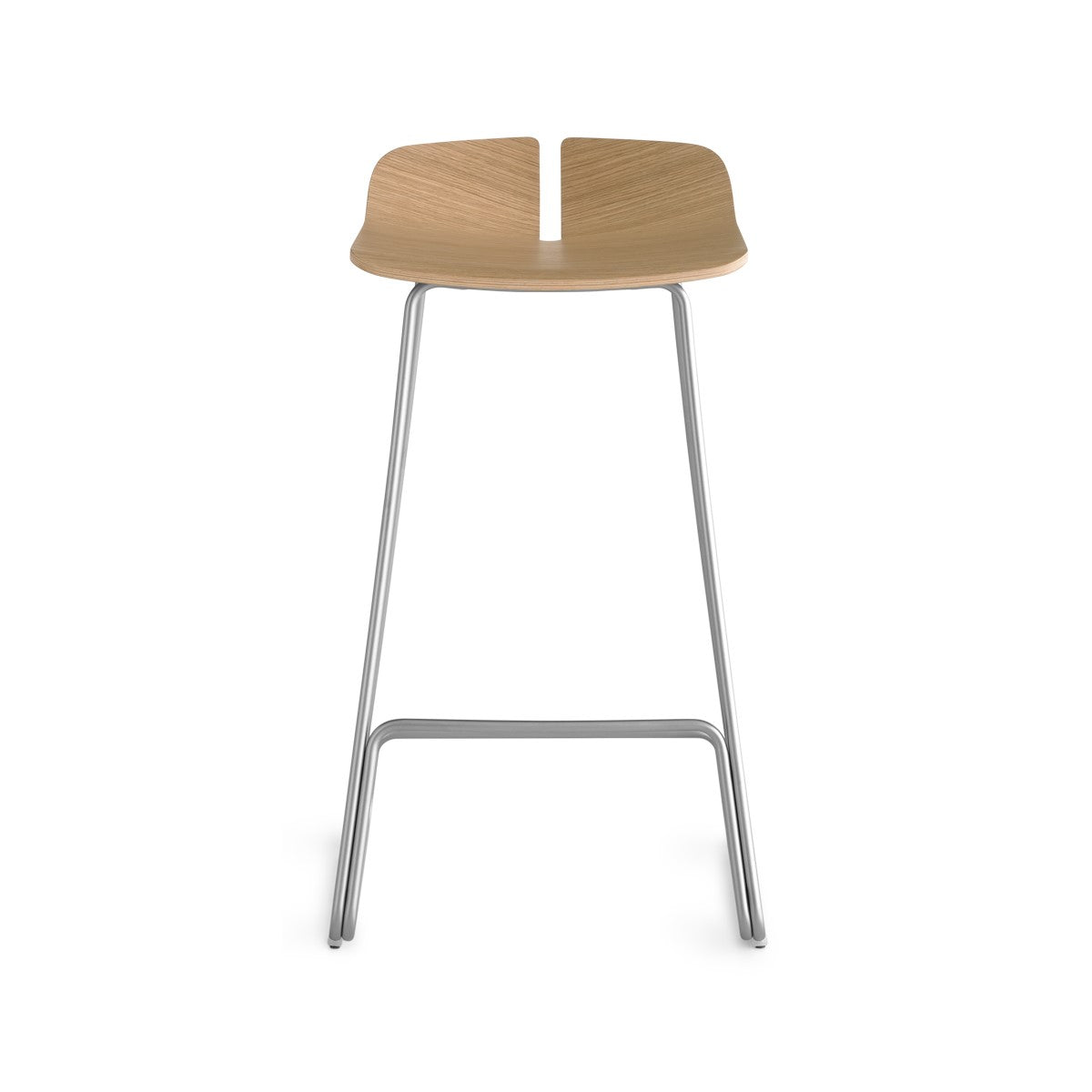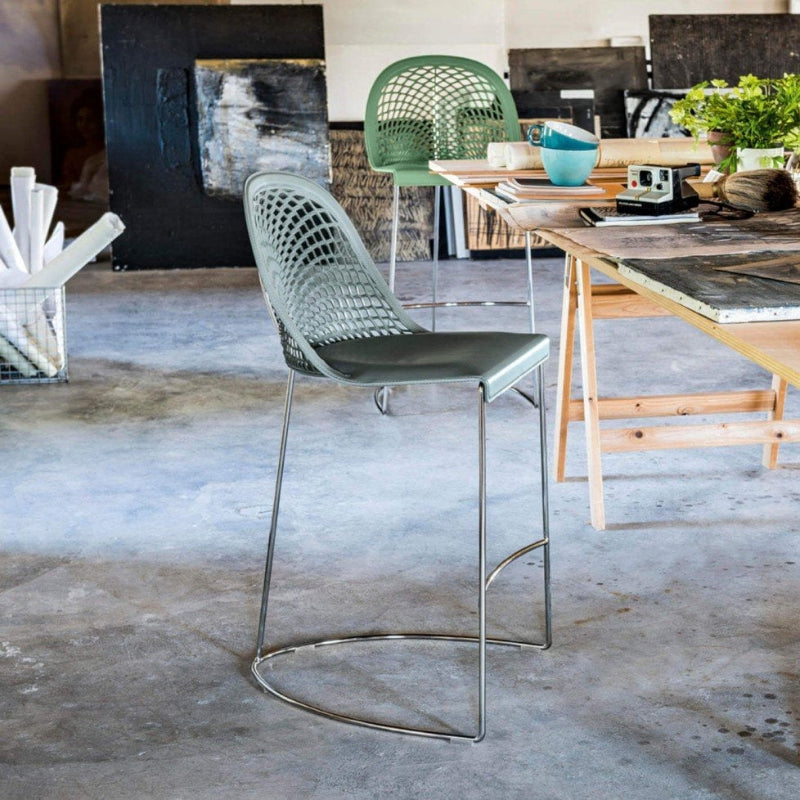Standards of Restaurant Bar Stools
Durable bar chairs for busy venues
Bar chairs built with thick gauge steel and reinforced joints handle crowded service and constant movement. In a dining room that stays busy, bar chairs keep their stance and their finish under daily cleaning. Many operators pair bar chairs with restaurant bar stools along the rail to maintain a consistent silhouette. Where patios extend the floor plan, outdoor bar stools match the interior line while resisting weather and spills. For tall ledges near host stations, bar height stools offer the right reach while bar chairs keep the same seat shape for comfort.
Restaurant bar stools tested to ANSI BIFMA standards
Restaurant bar stools built to ANSI BIFMA protocols undergo high cycle tests for leaning, swiveling, and static load. Certified restaurant bar stools keep joints tight and rotation smooth through repeated use in service hours. Spec sheets often show the same standards for bar chairs so mixed seating performs predictably. When a project includes patio zones, outdoor bar stools are tested for fabric abrasion and UV stability in addition to structural checks. At elevated counters, bar height stools that pass these benchmarks maintain posture and keep clearances consistent.
Bar chairs with welded frames that resist wobble
Welded connections in bar chairs reduce fastener creep and the micro movement that causes wobble. Shops that fabricate bar chairs in continuous seams create frames that stay square after thousands of shifts. The same approach benefits restaurant bar stools where guests turn frequently at the counter. On terraces, welded construction gives outdoor bar stools a cleaner profile with fewer points for corrosion. Designers often specify matching bar height stools with welded foot rings so the look and the feel stay solid across the room.
Restaurant bar stools in fire rated performance fabrics
Upholstery on restaurant bar stools often meets fire and stain standards so maintenance stays straightforward during peak service. Performance textiles on restaurant bar stools hold color, resist marks, and wipe clean without harsh treatment. Coordinating covers for bar chairs keep a project unified while still meeting the same ratings. For patio service, outdoor bar stools use coated mesh or marine grade vinyl that balances breathability with durability. In raised lounge areas, bar height stools with rated fabrics preserve comfort while satisfying code and brand requirements.
Bar height stools with high density foam support
High density foam in bar height stools keeps the seat from bottoming out and supports the pelvis during tastings or quick meals. Specifying bar height stools with molded cores and proper crown maintains shape through years of use. Along a long rail, bar height stools in the same profile as bar chairs achieve a balanced rhythm from end to end. For projects that move from interior to exterior, the shape translates easily to outdoor bar stools with drainage channels. Counter runs that require a lower perch can use restaurant bar stools in matching finishes for a clean visual handoff.
Common Questions About Contract-Grade Furniture
Is contract-grade furniture more expensive, and does it offer long-term cost benefits due to durability?
Contract-grade furniture usually costs more upfront, but in our experience the long-term value is better. You’re paying for reinforced frames, commercial-rated fabrics, and finishes that handle far more wear than residential pieces. Most businesses end up replacing non-contract items more often, so the cost per year is usually lower with true contract-grade construction.
How do I know if something is truly contract grade?
The quickest way is to look for third-party testing and clear specifications. Contract furniture should list BIFMA or ANSI compliance, weight ratings, abrasion counts, and construction details like hardwood frames or metal reinforcement. If a manufacturer doesn’t publish these numbers or the descriptions feel vague, it’s usually a sign the product isn’t built for commercial use.
Can contract furniture be used in residences or smaller businesses, and if so, what are the pros and cons?
Yes, contract pieces work extremely well in homes and smaller spaces. The pros are durability, easier cleaning, and finishes that hold up to daily use. The cons are subtle: some pieces feel firmer or more structured than typical residential seating, and the look can lean more minimal. Many designers mix contract stools or chairs in kitchens and work areas because the longevity outweighs the slight difference in feel.

